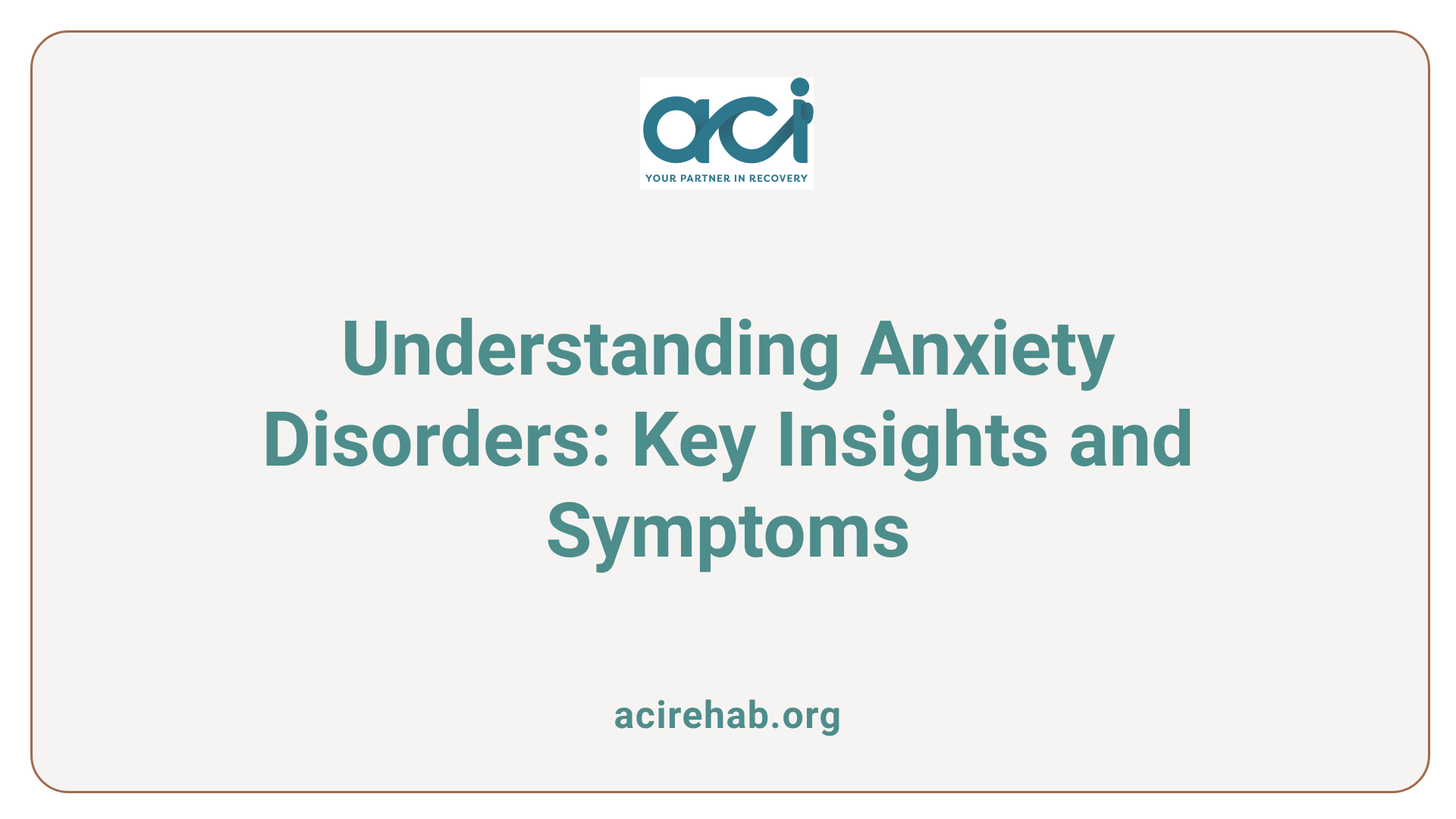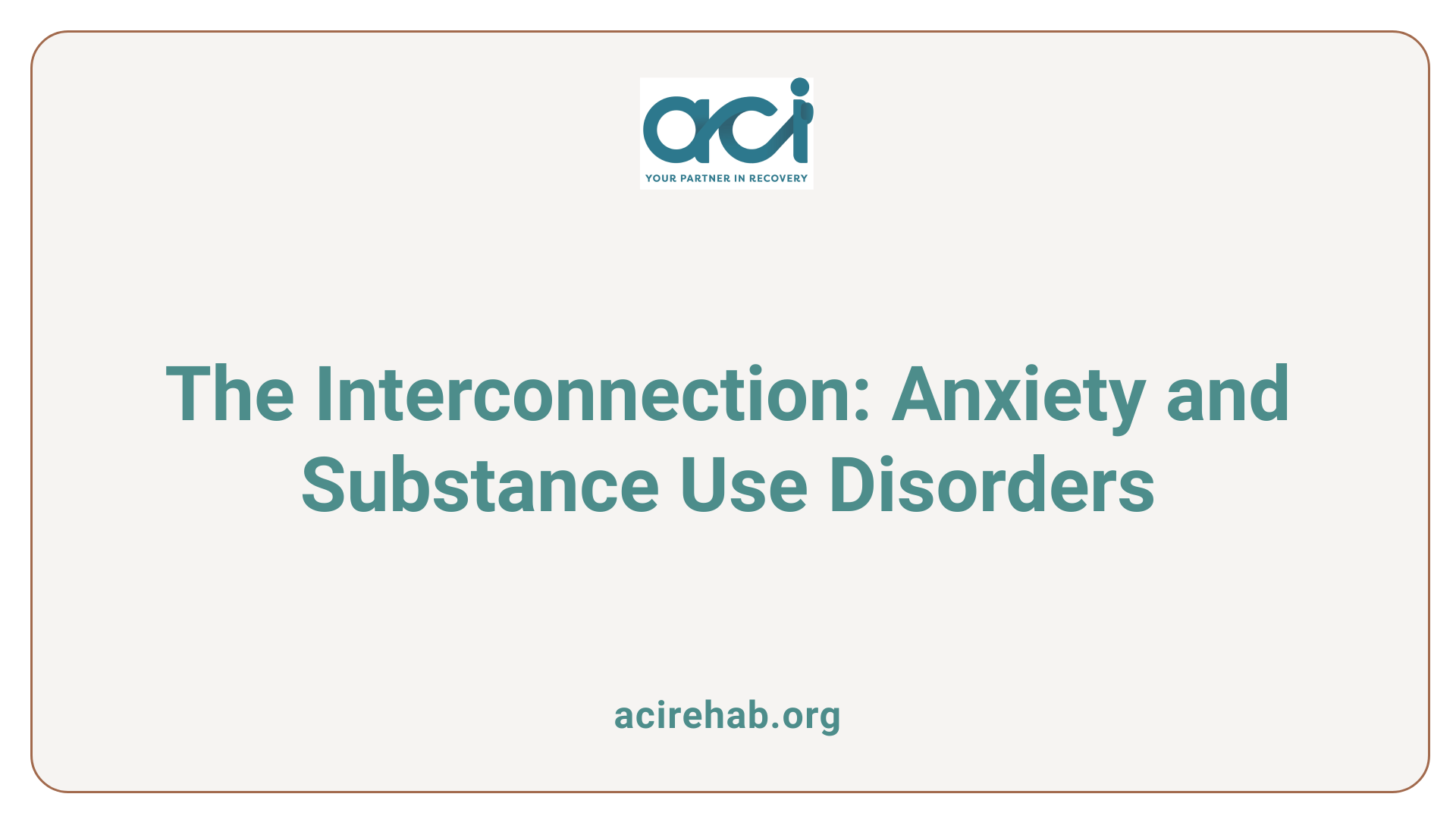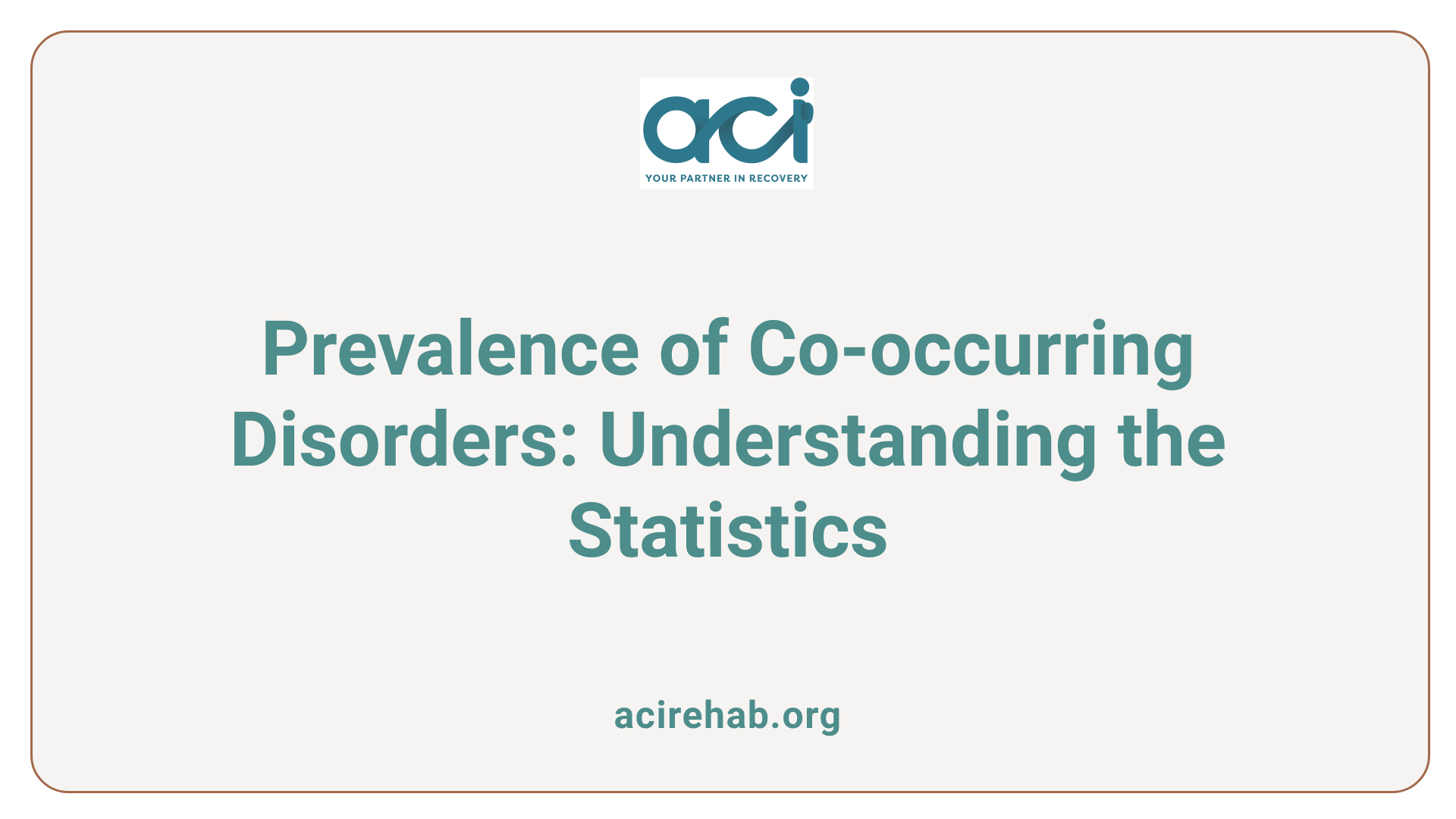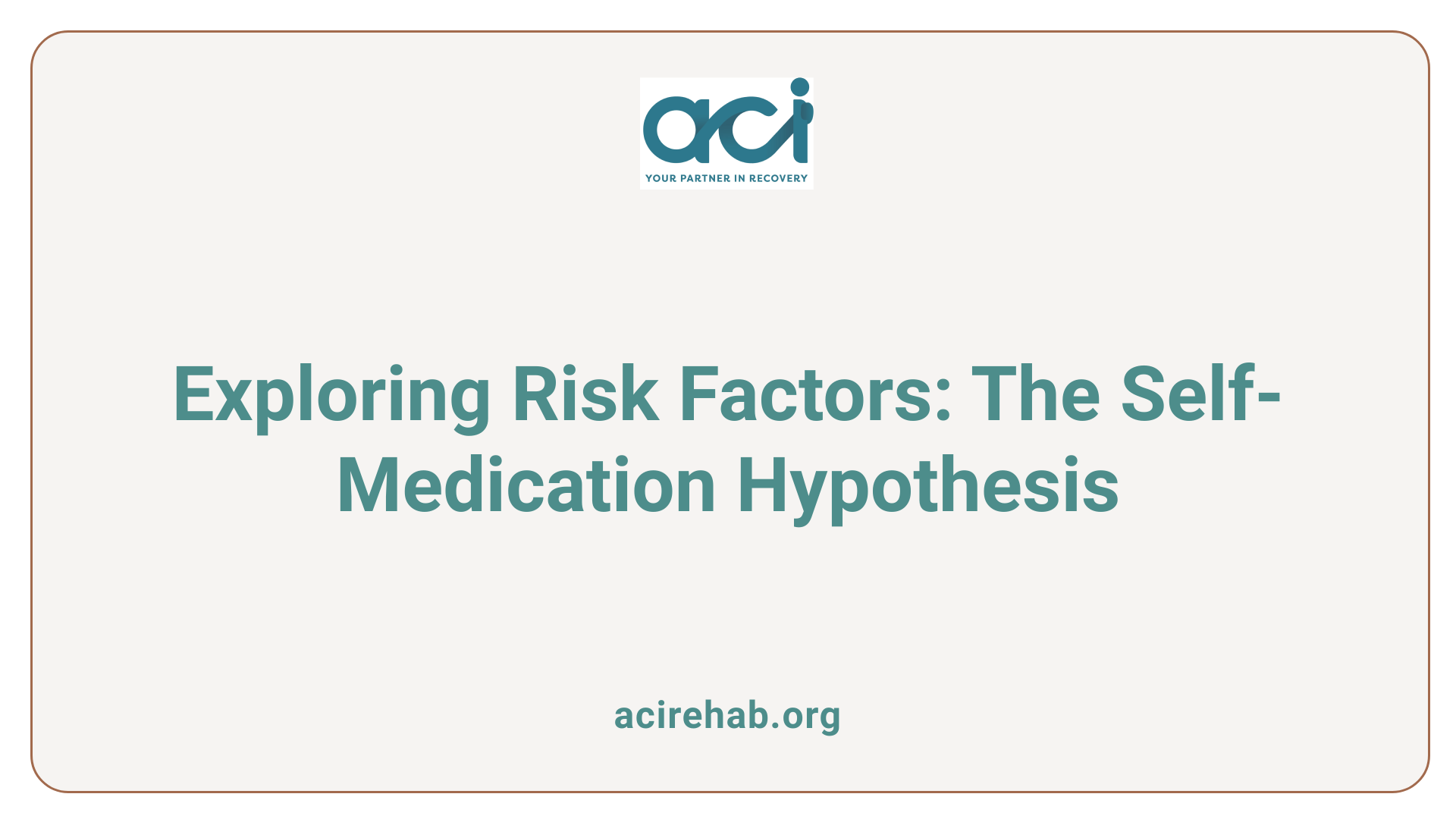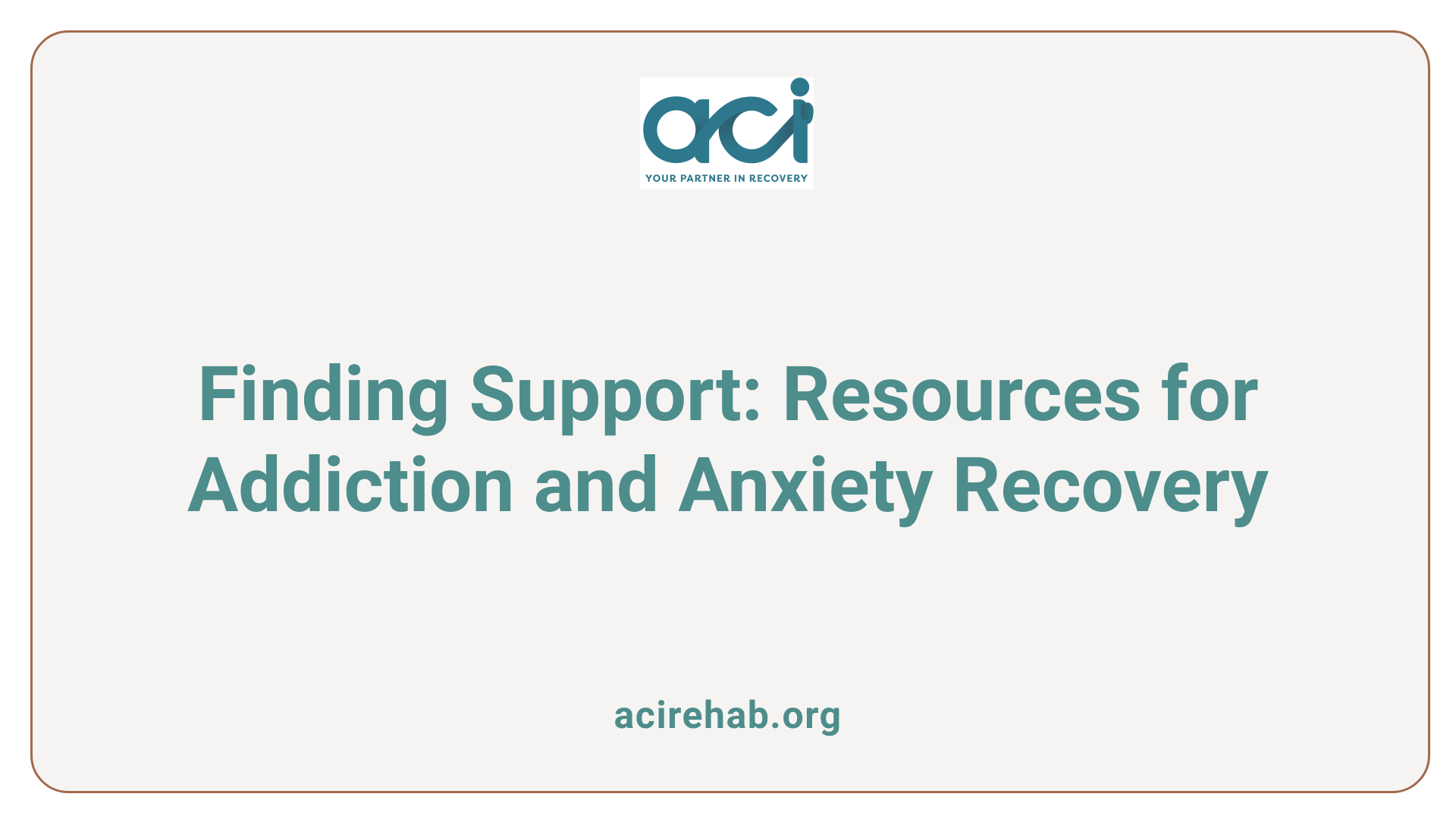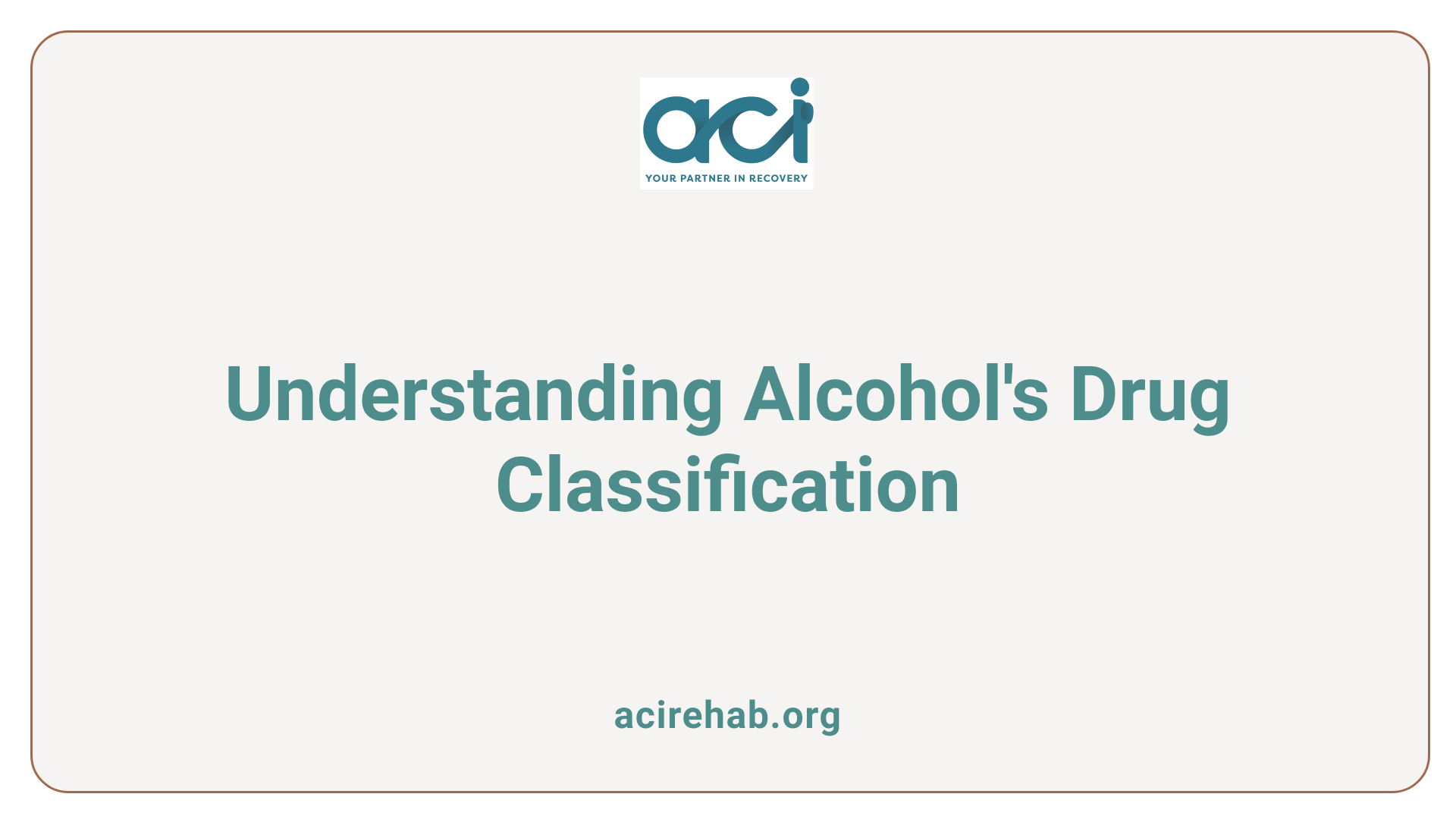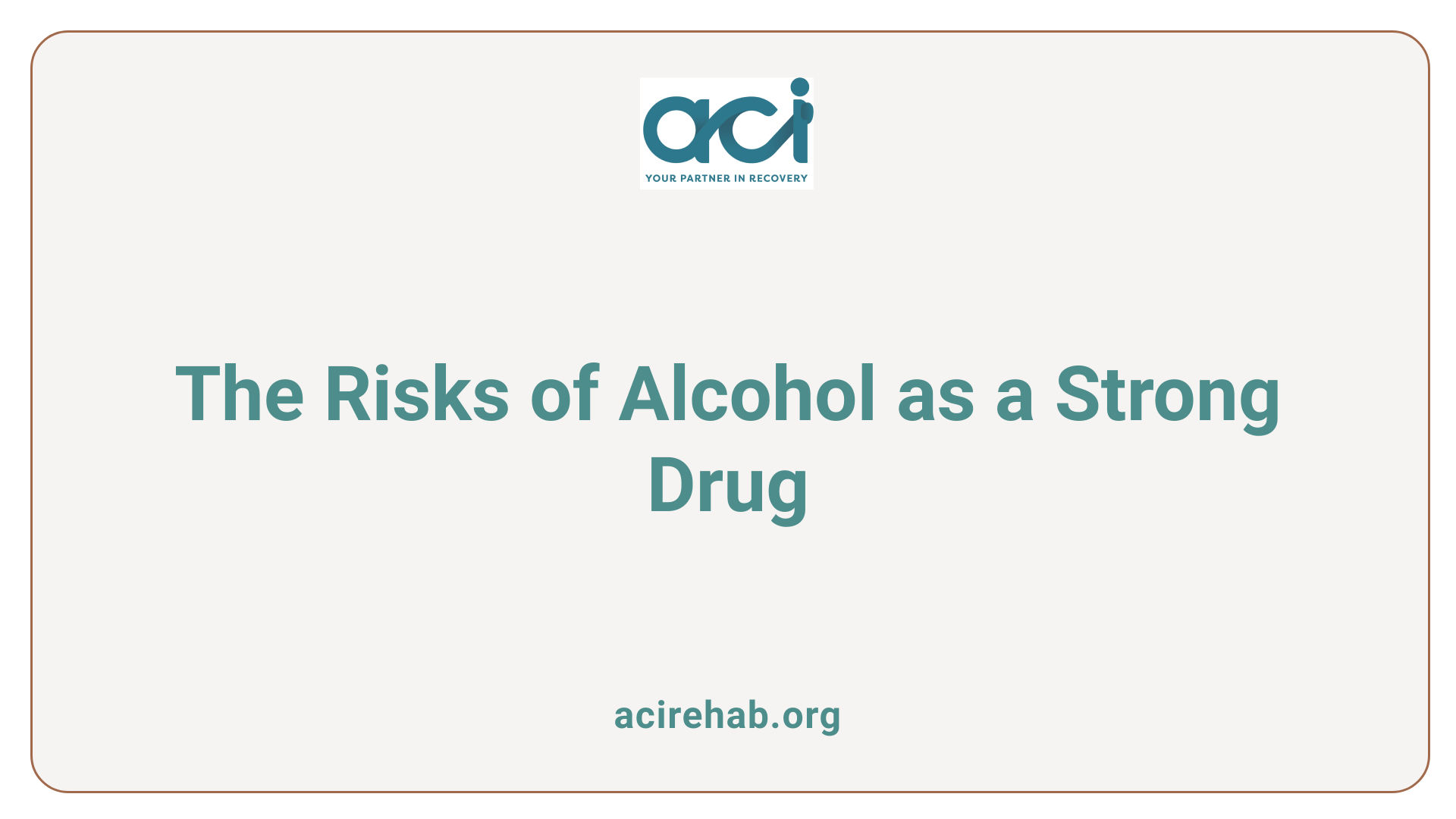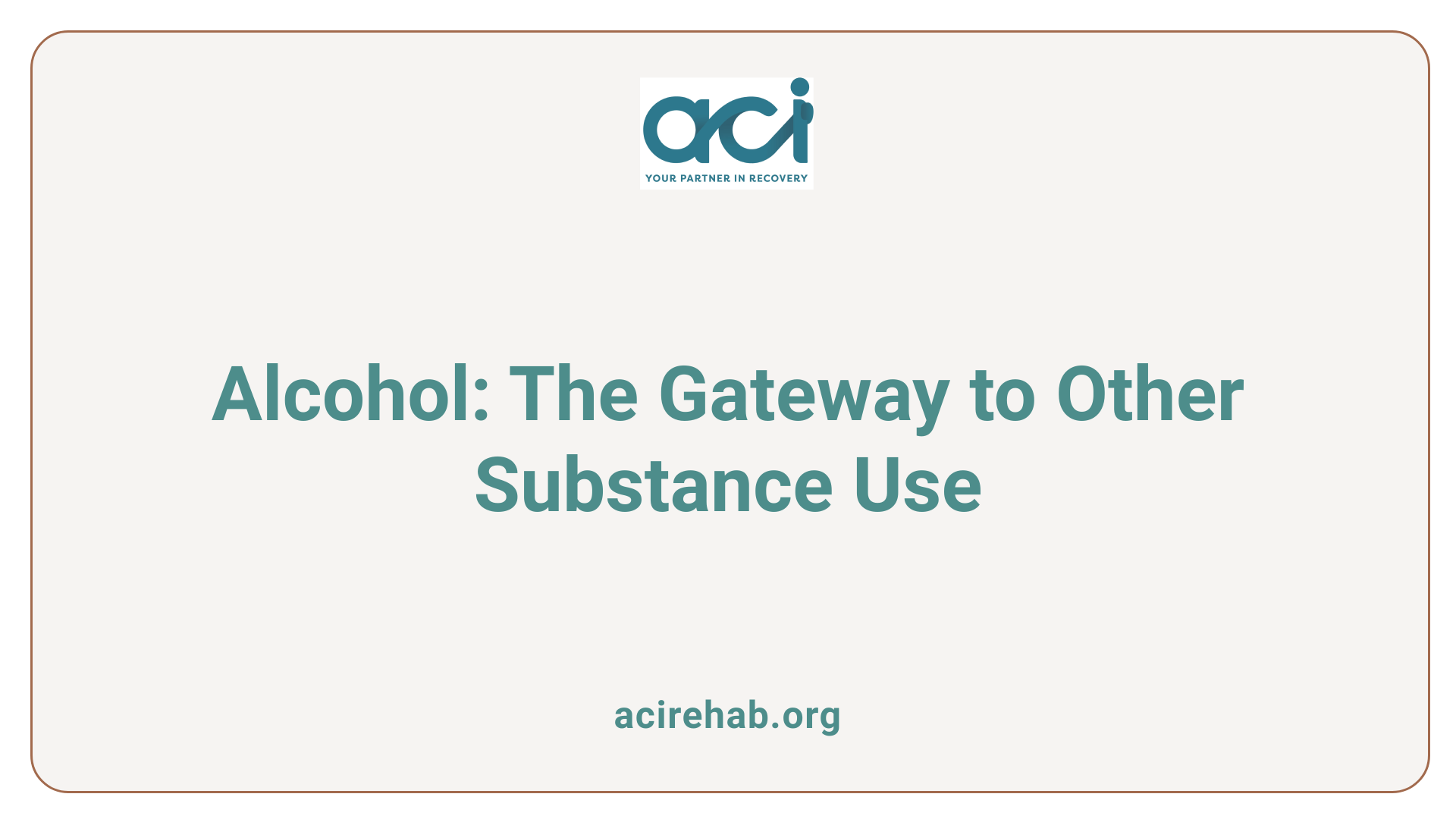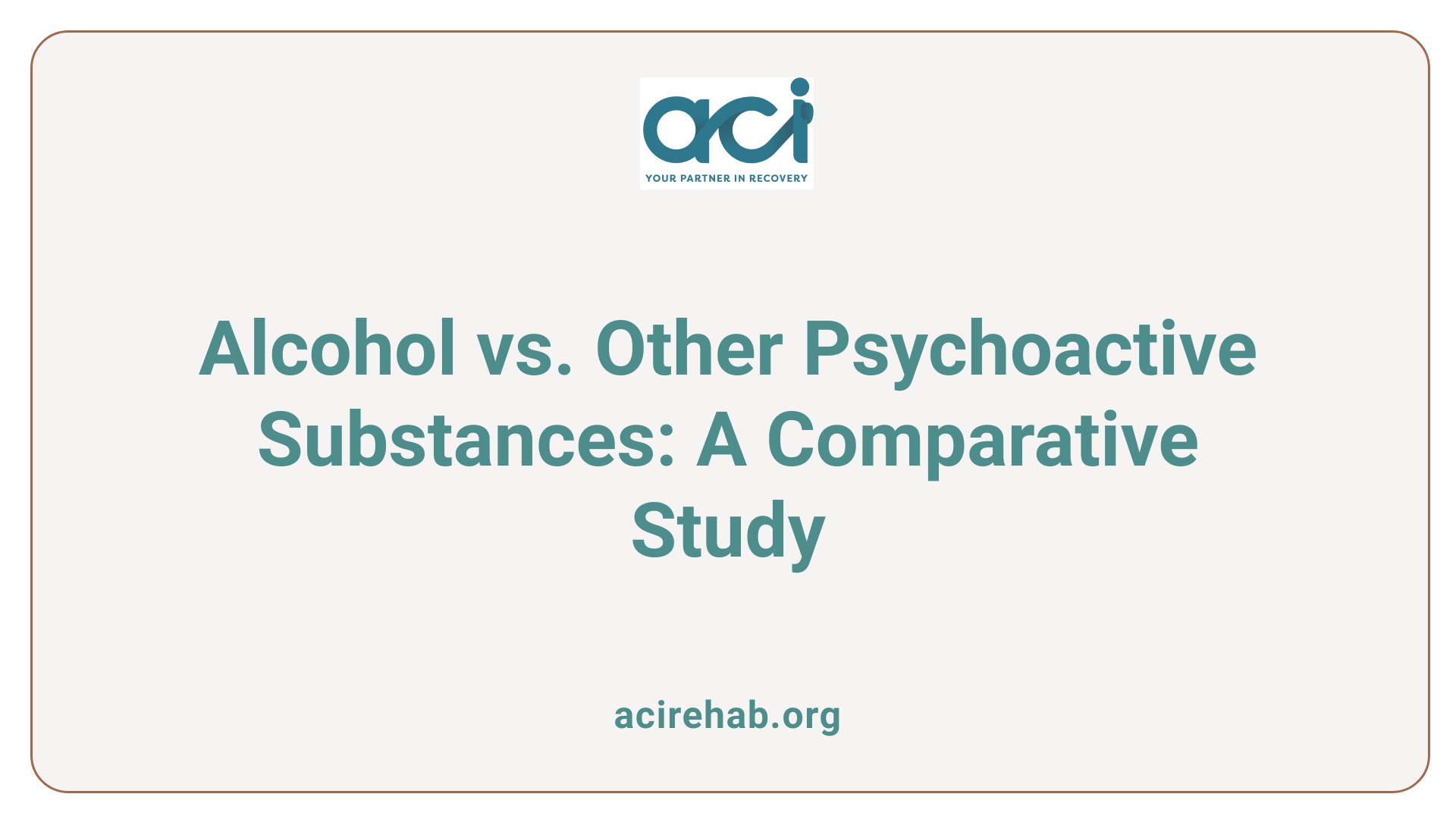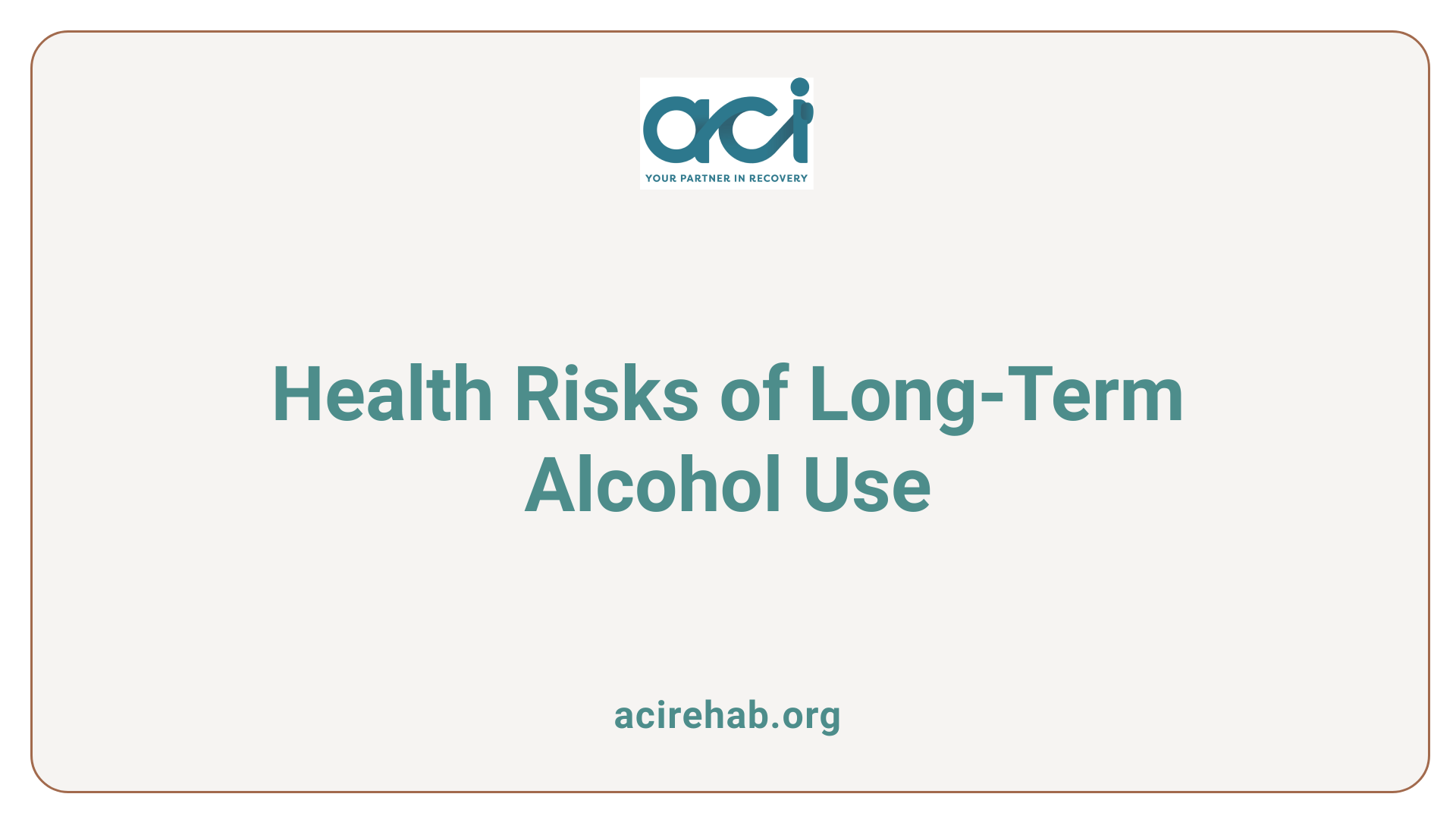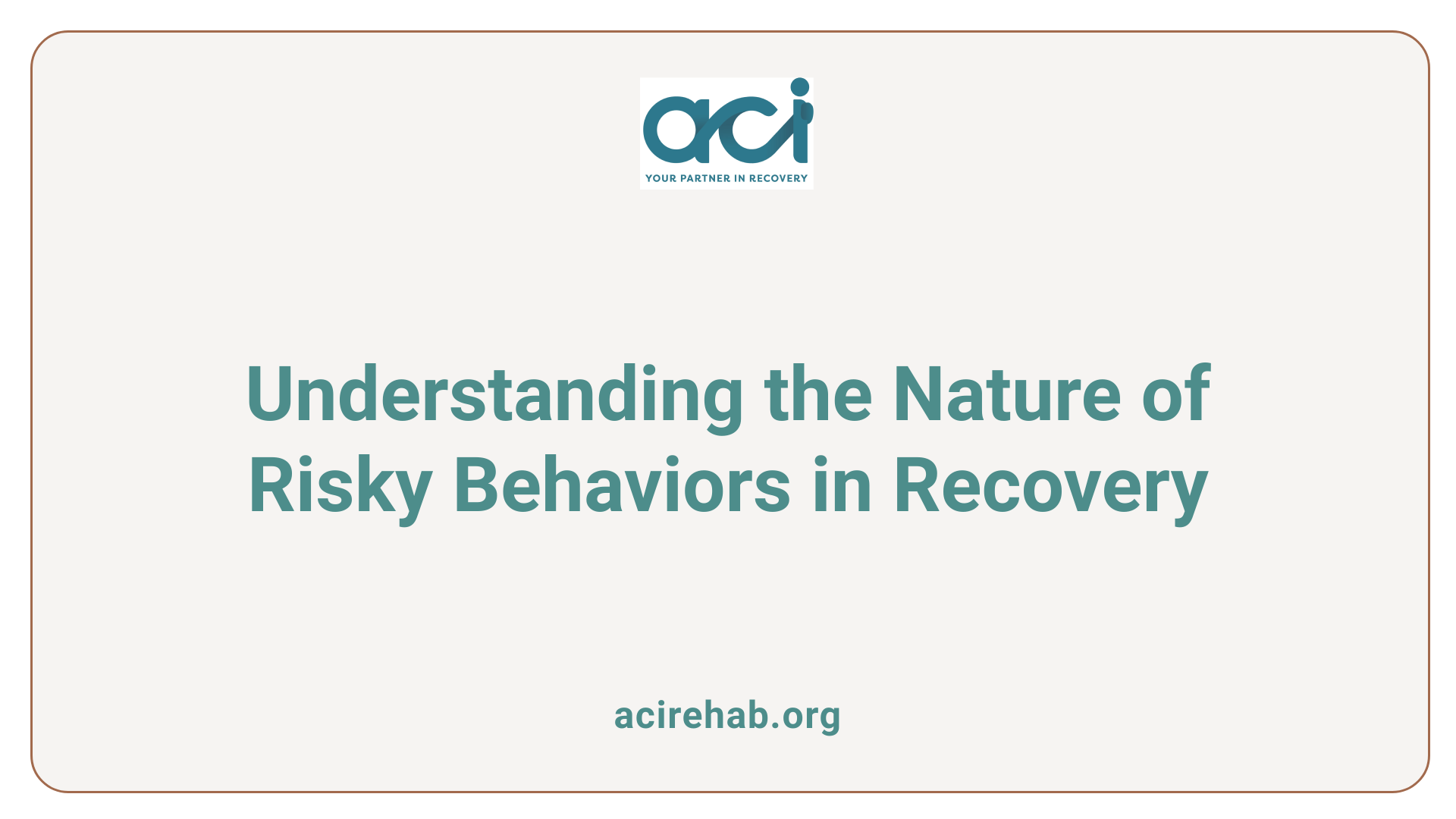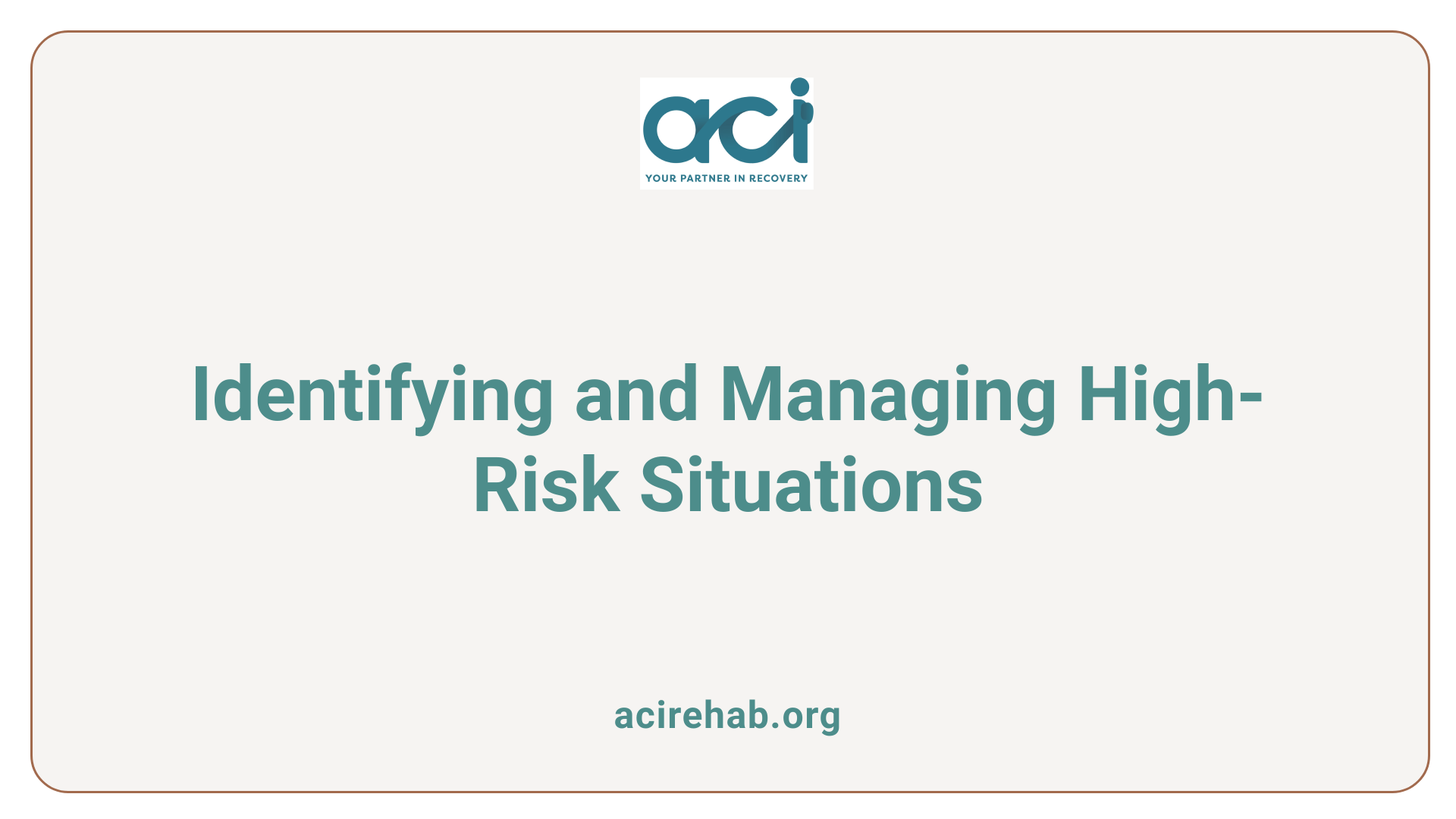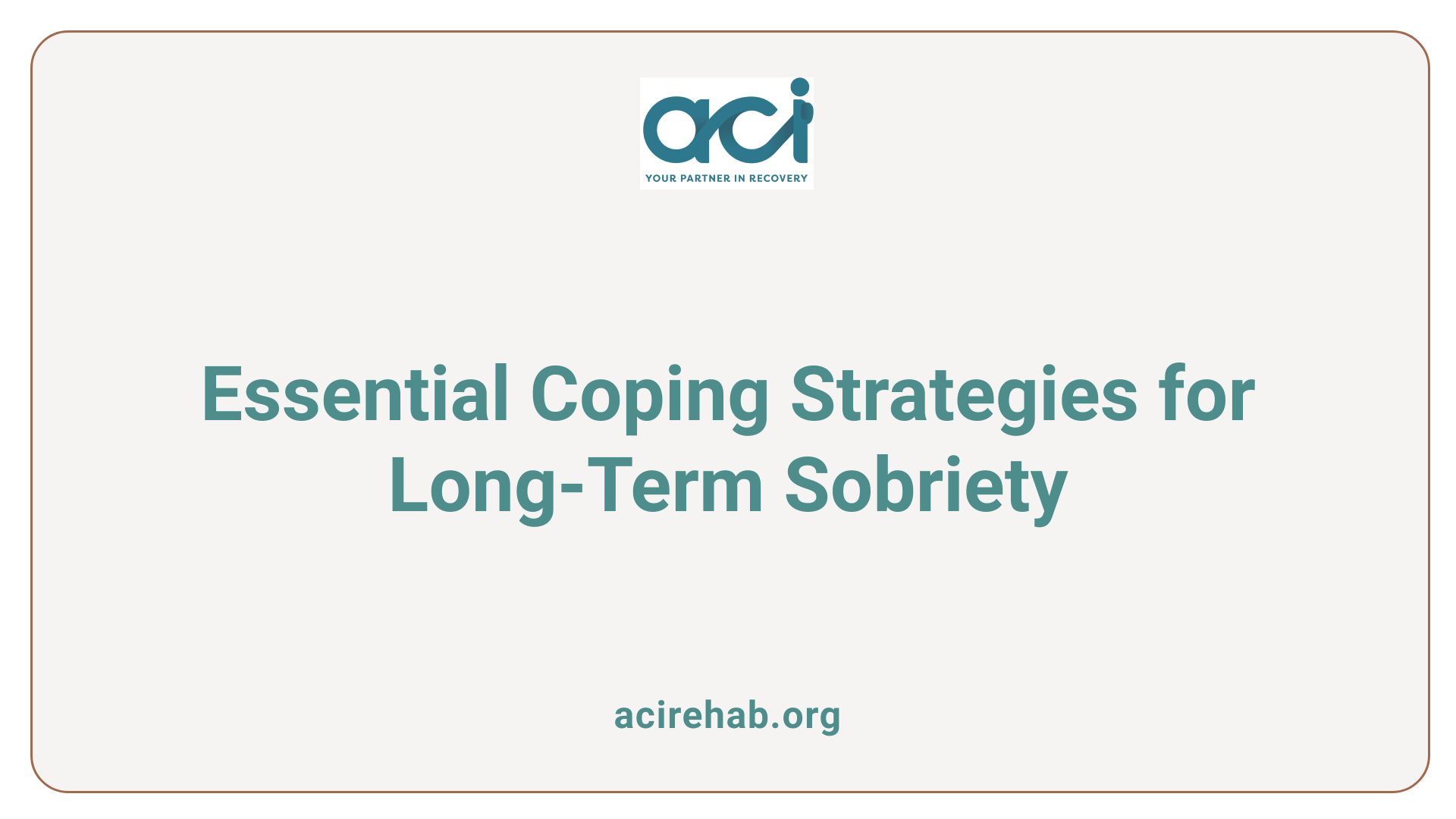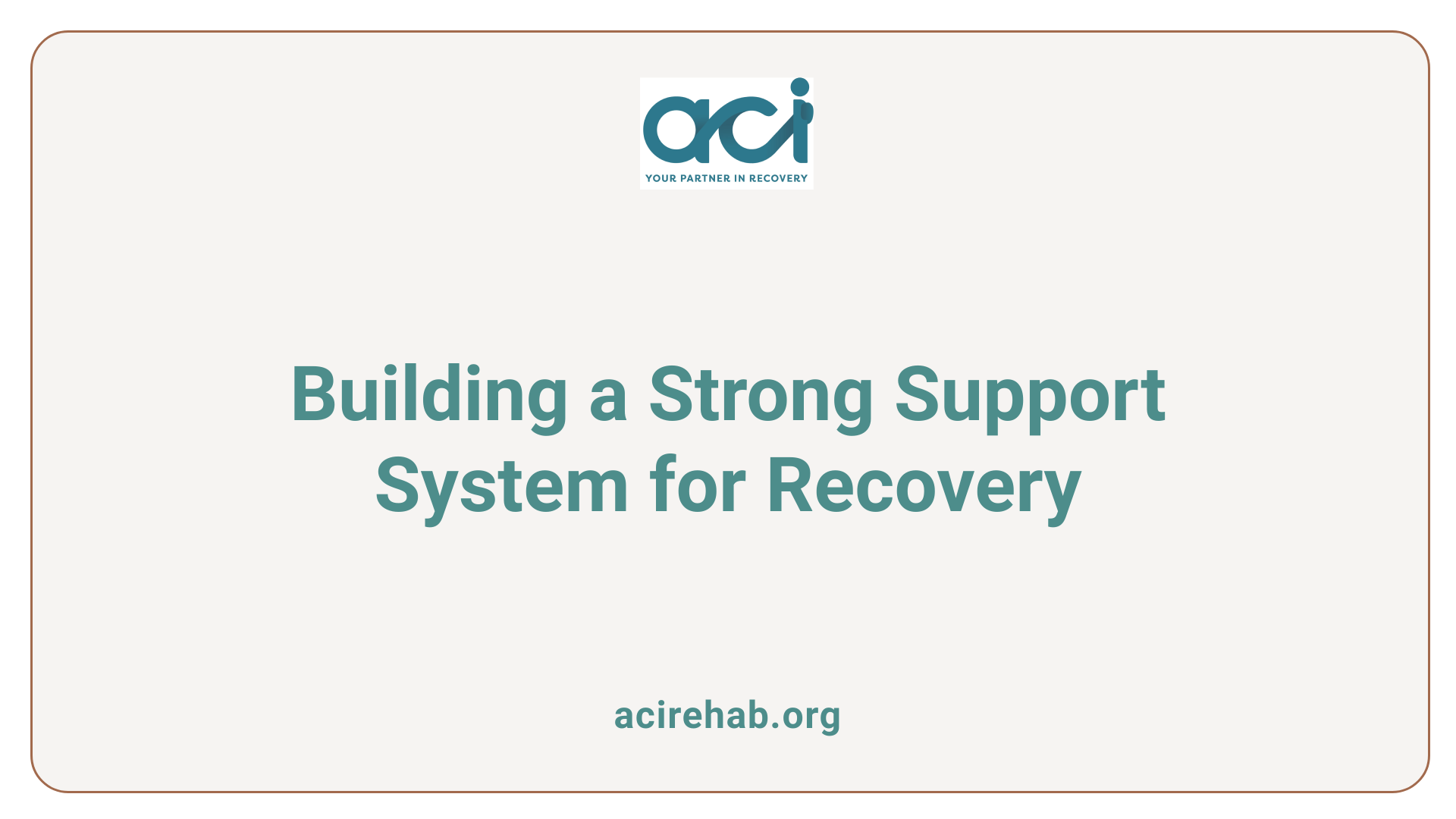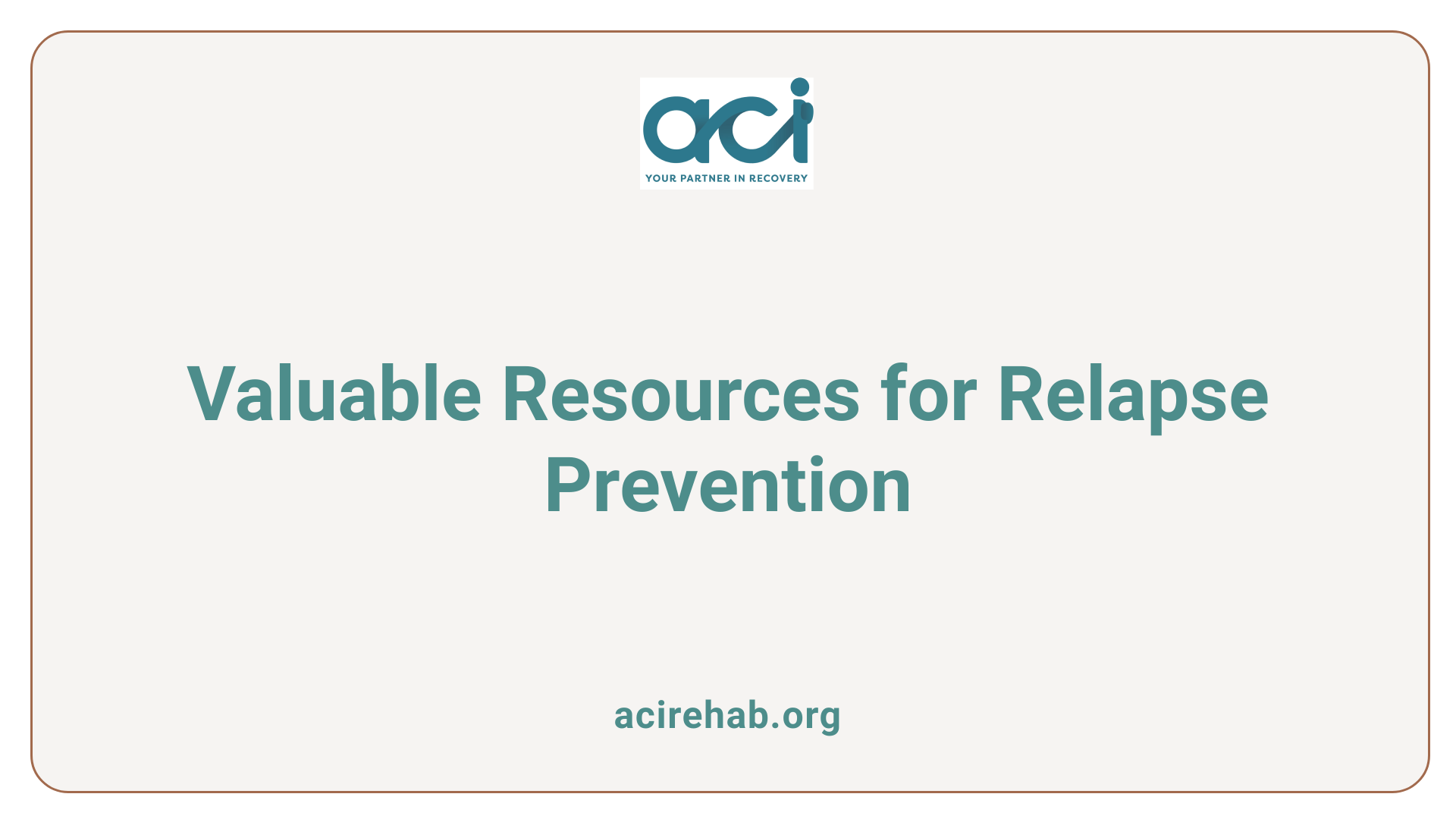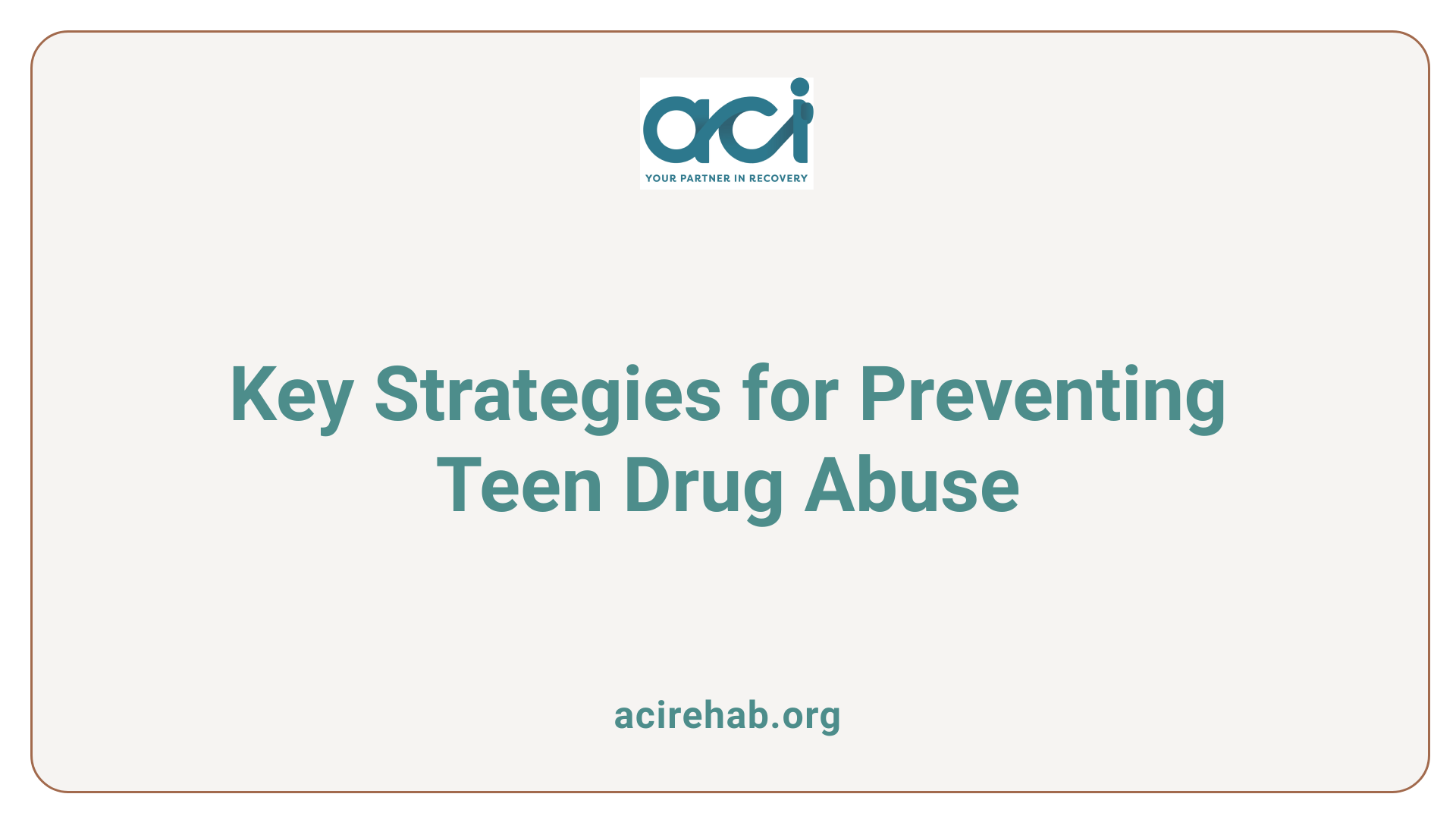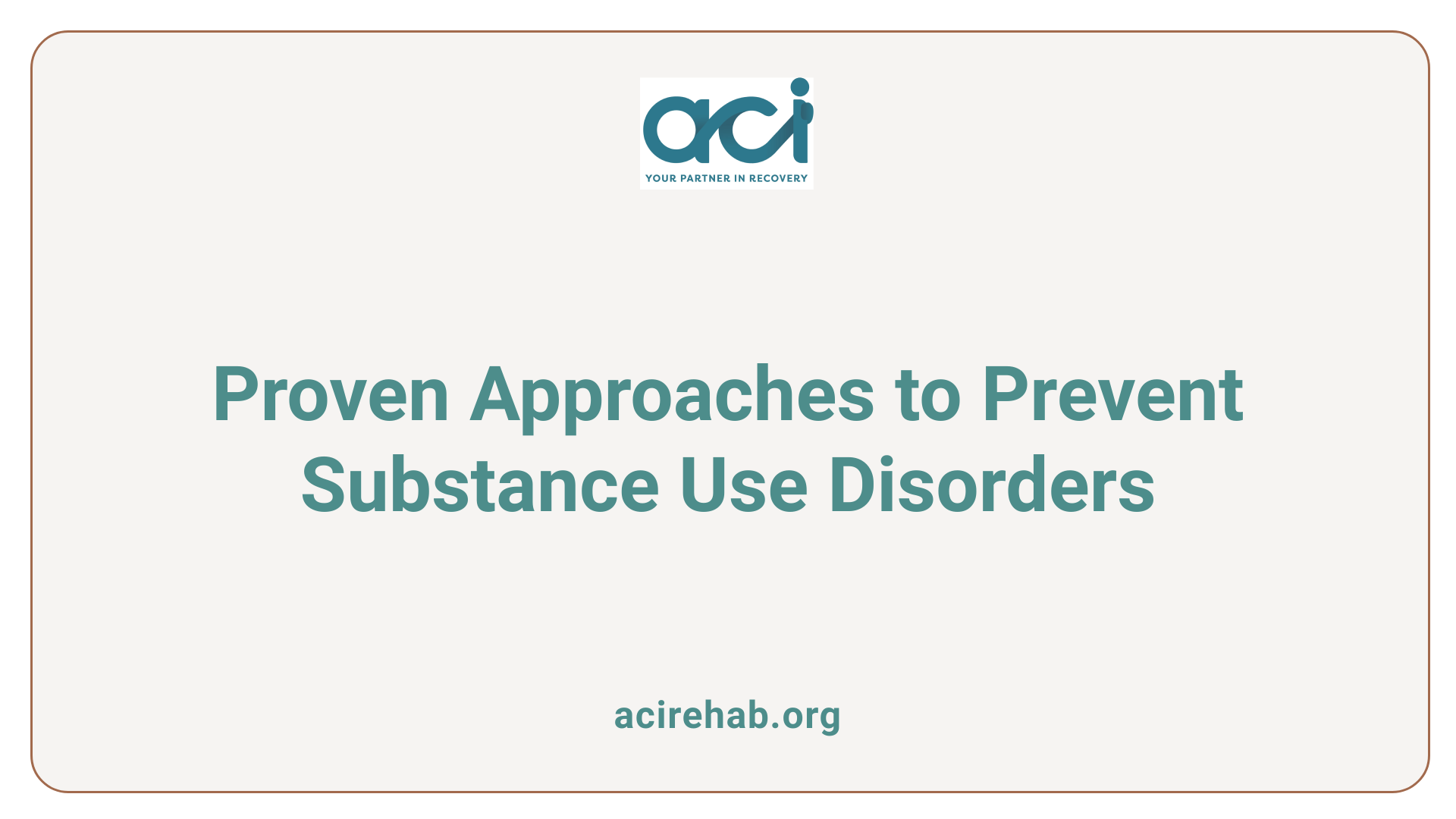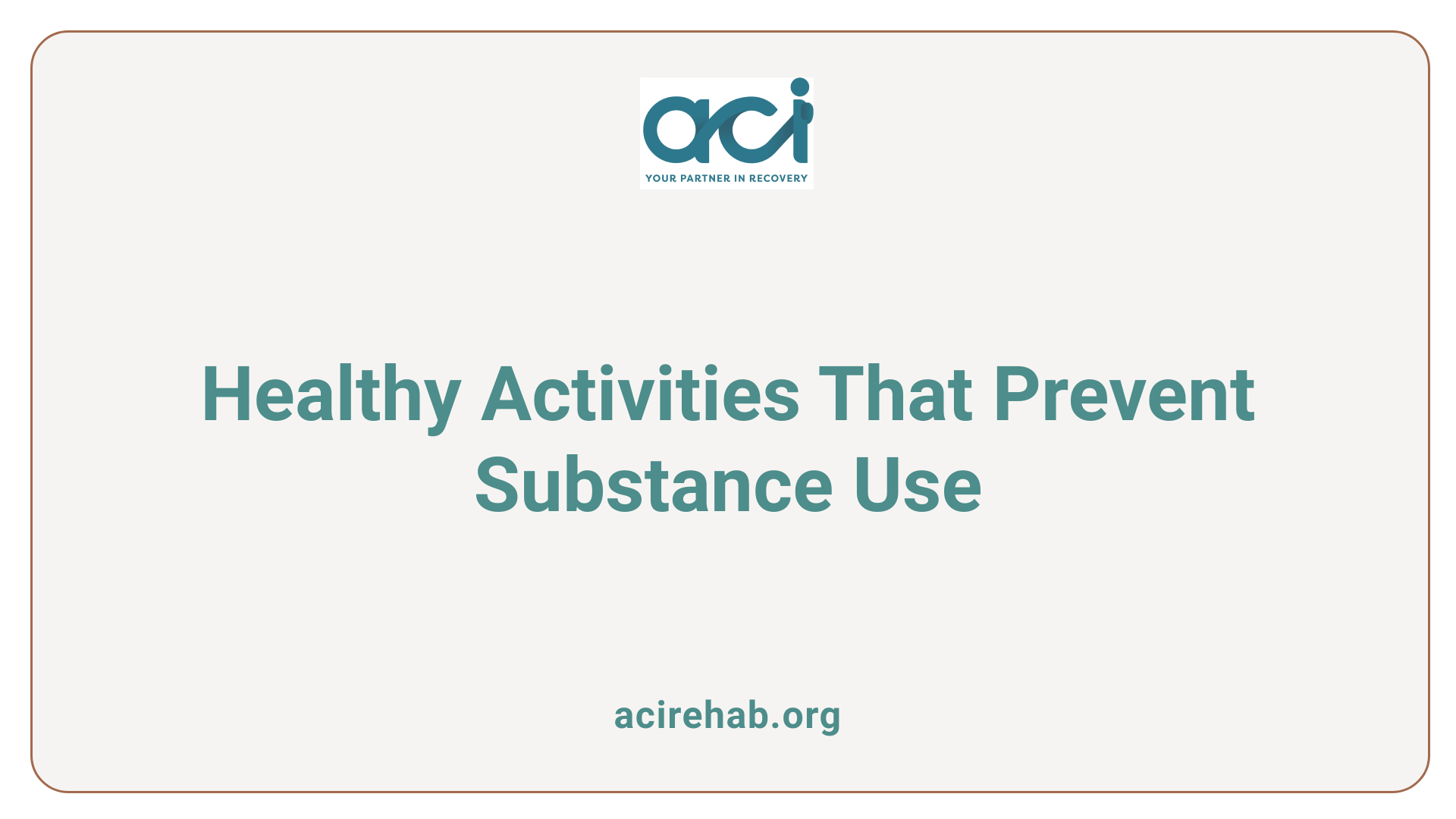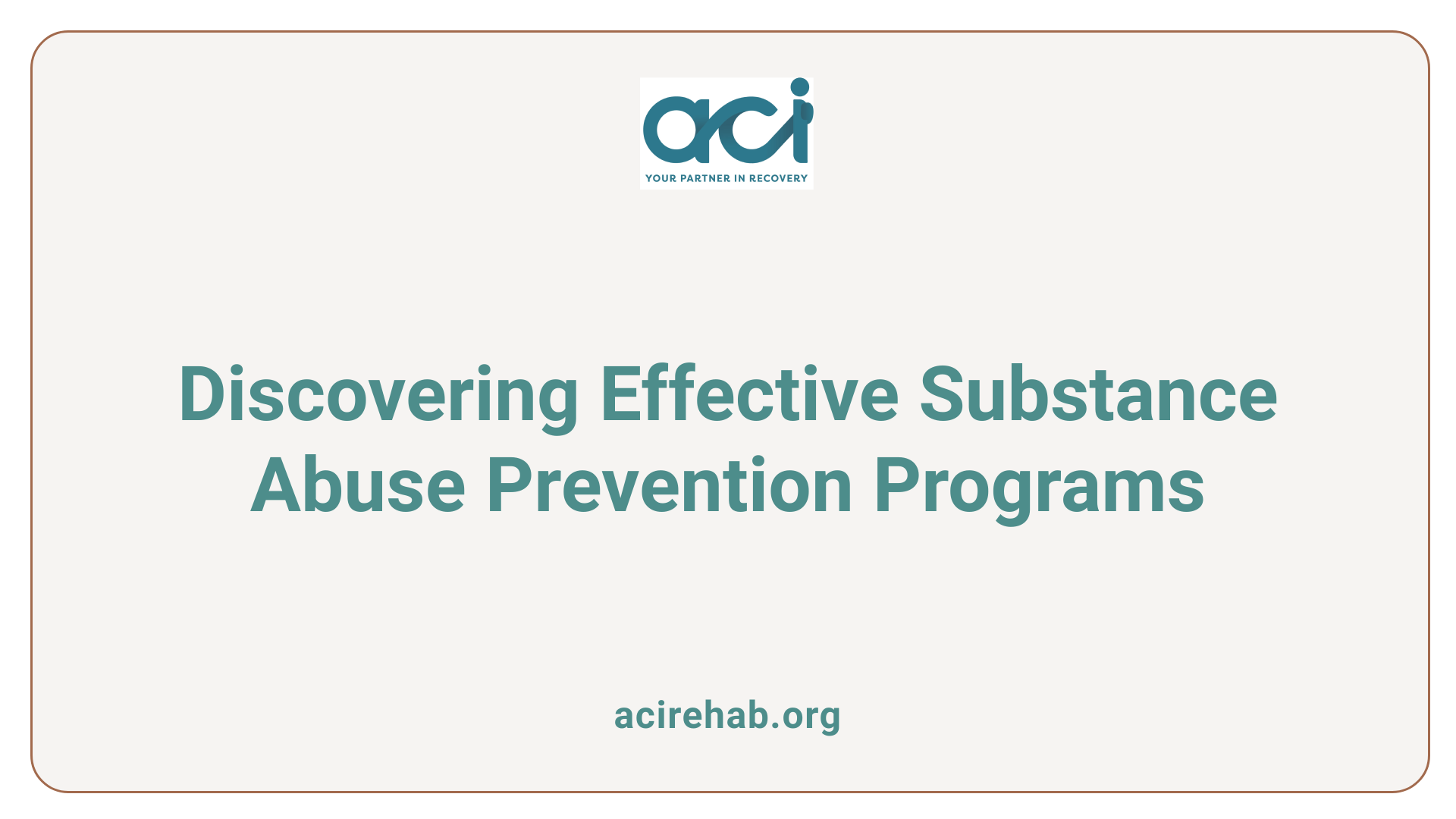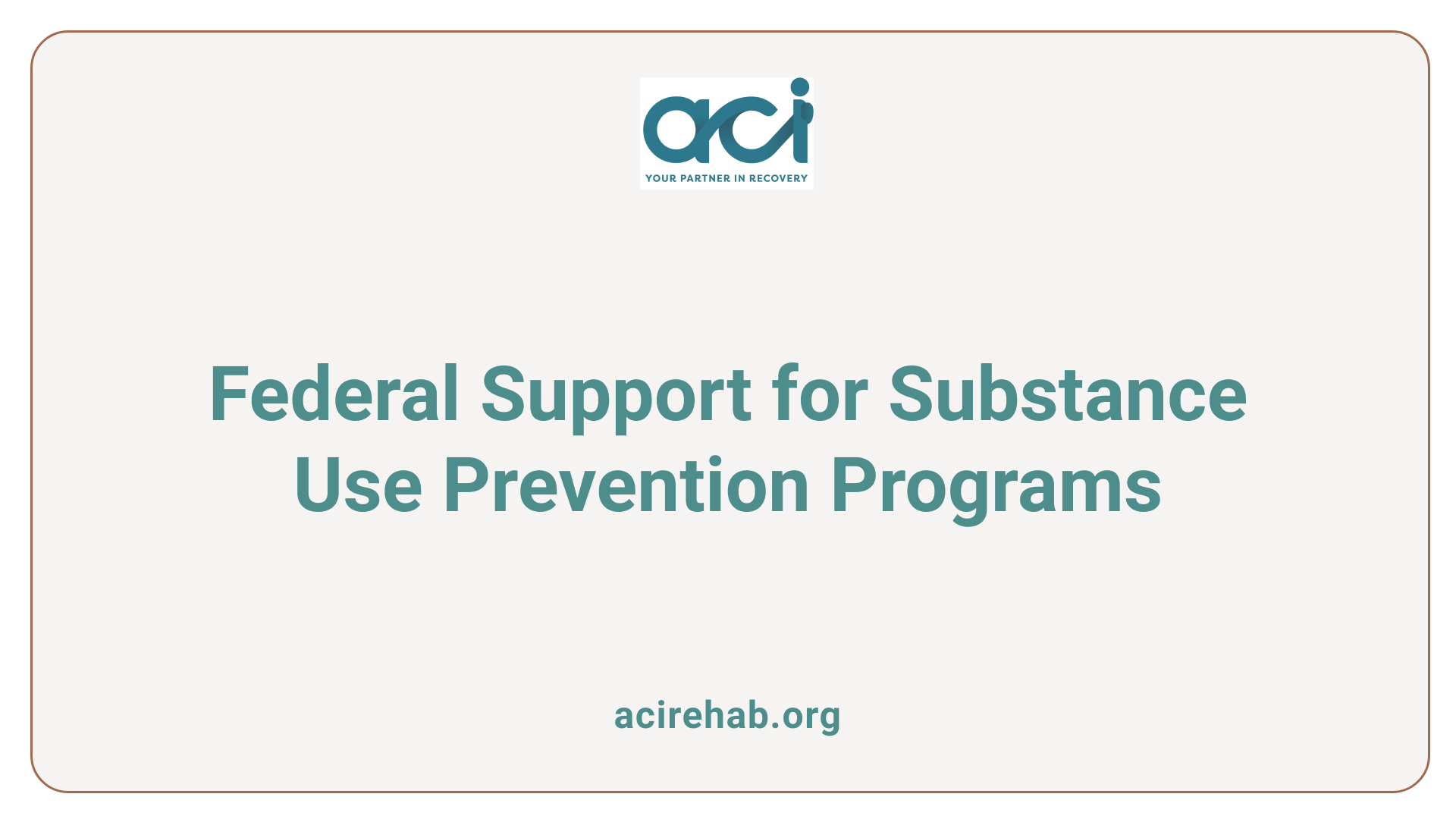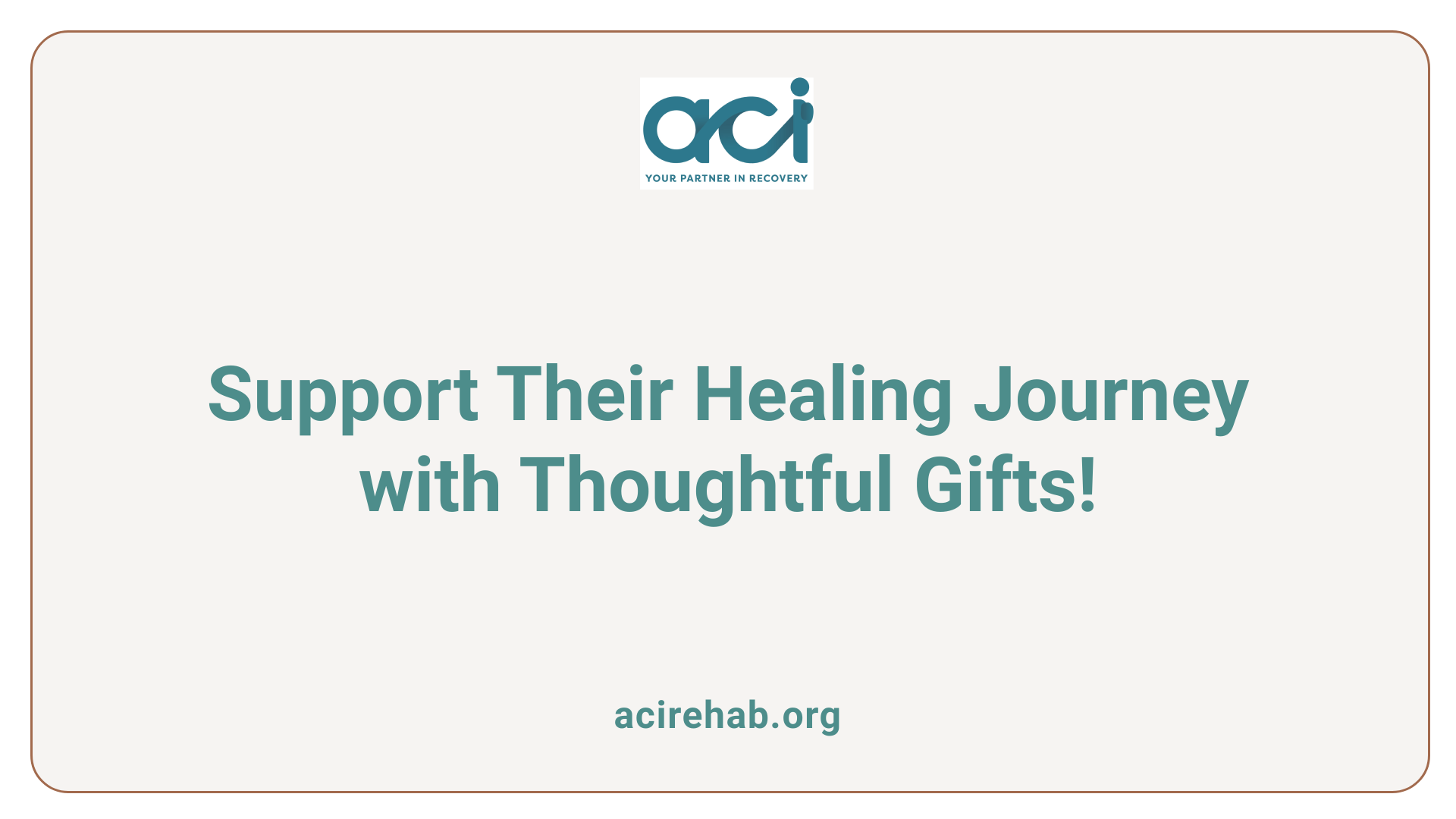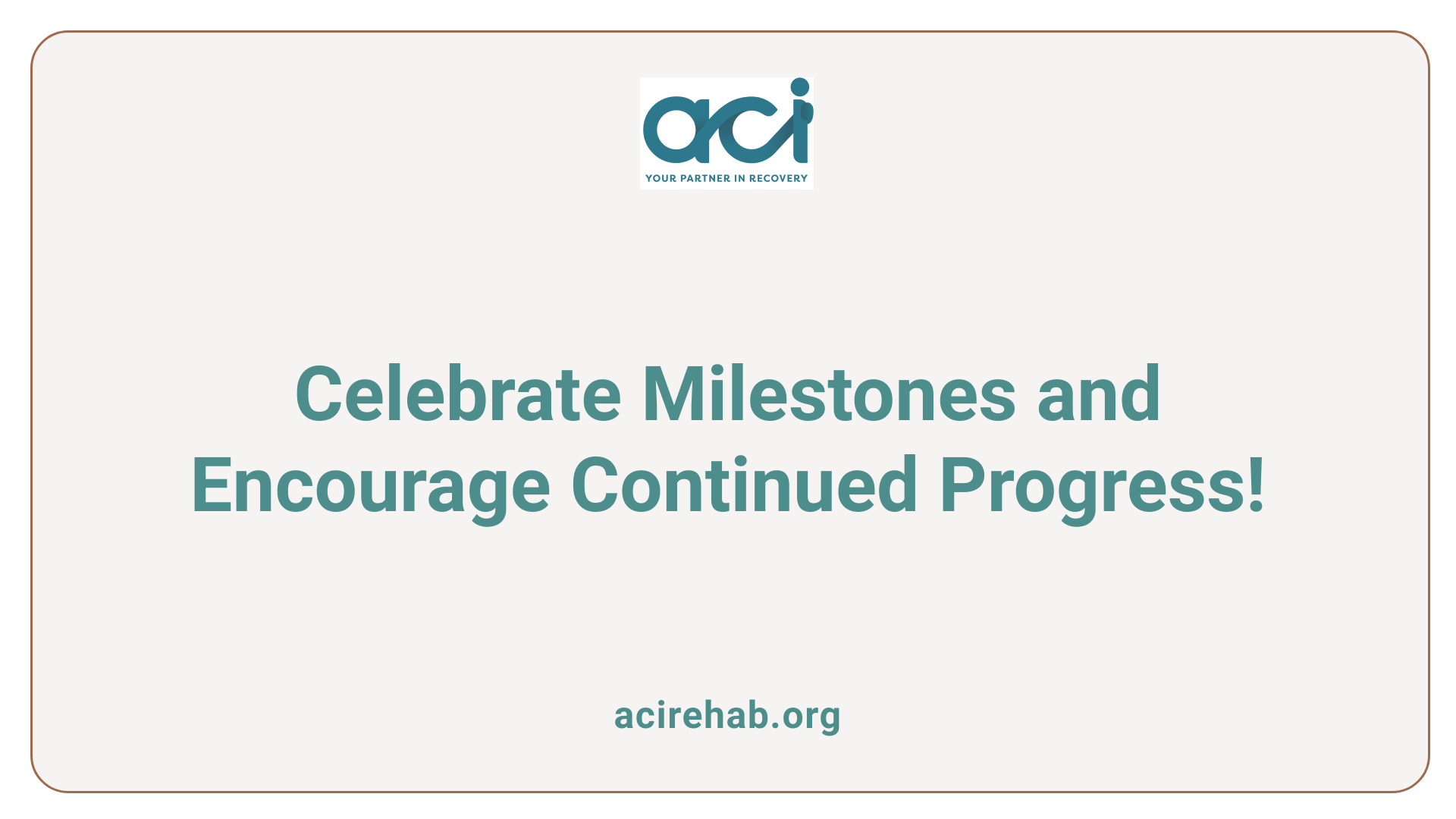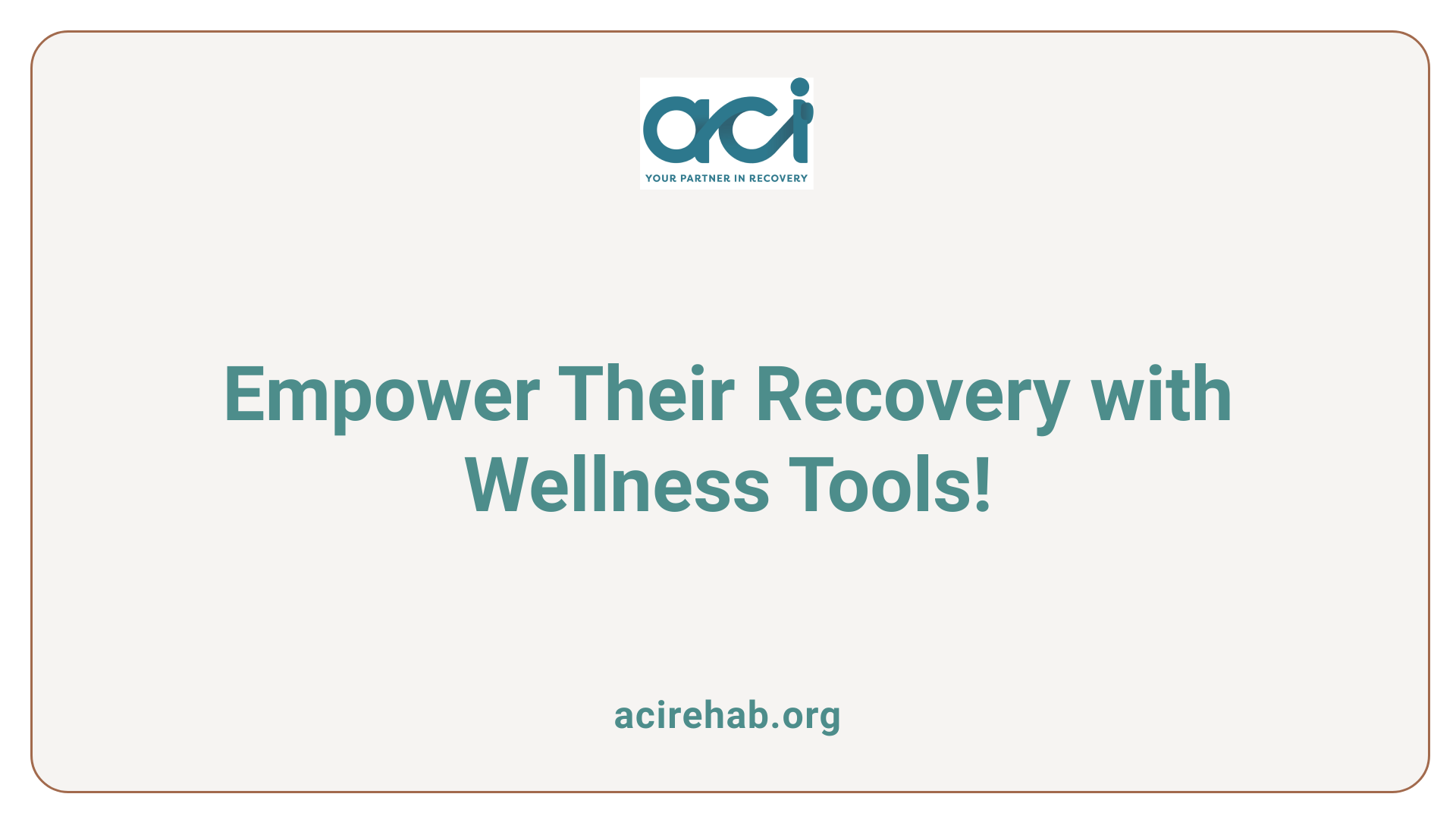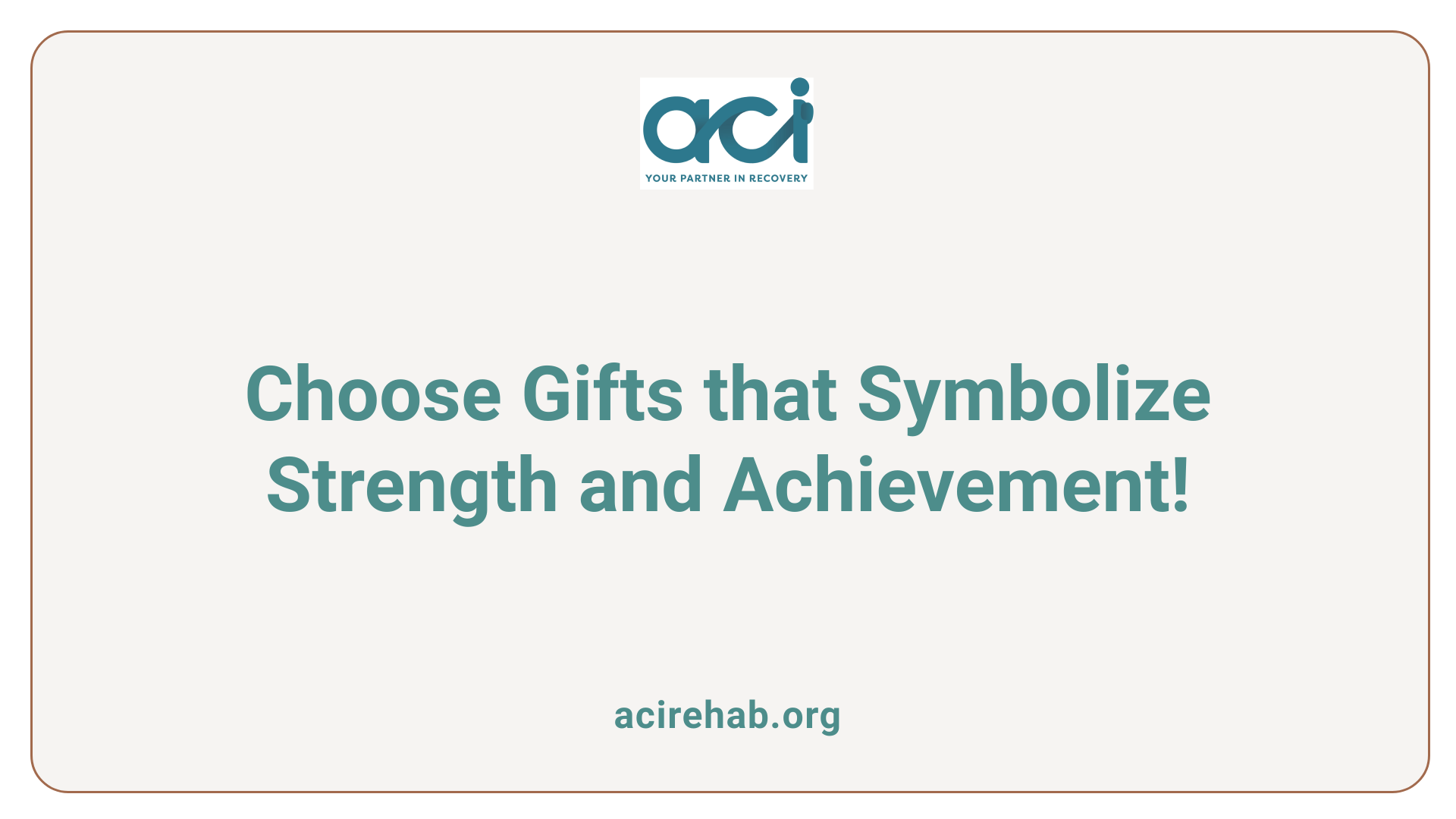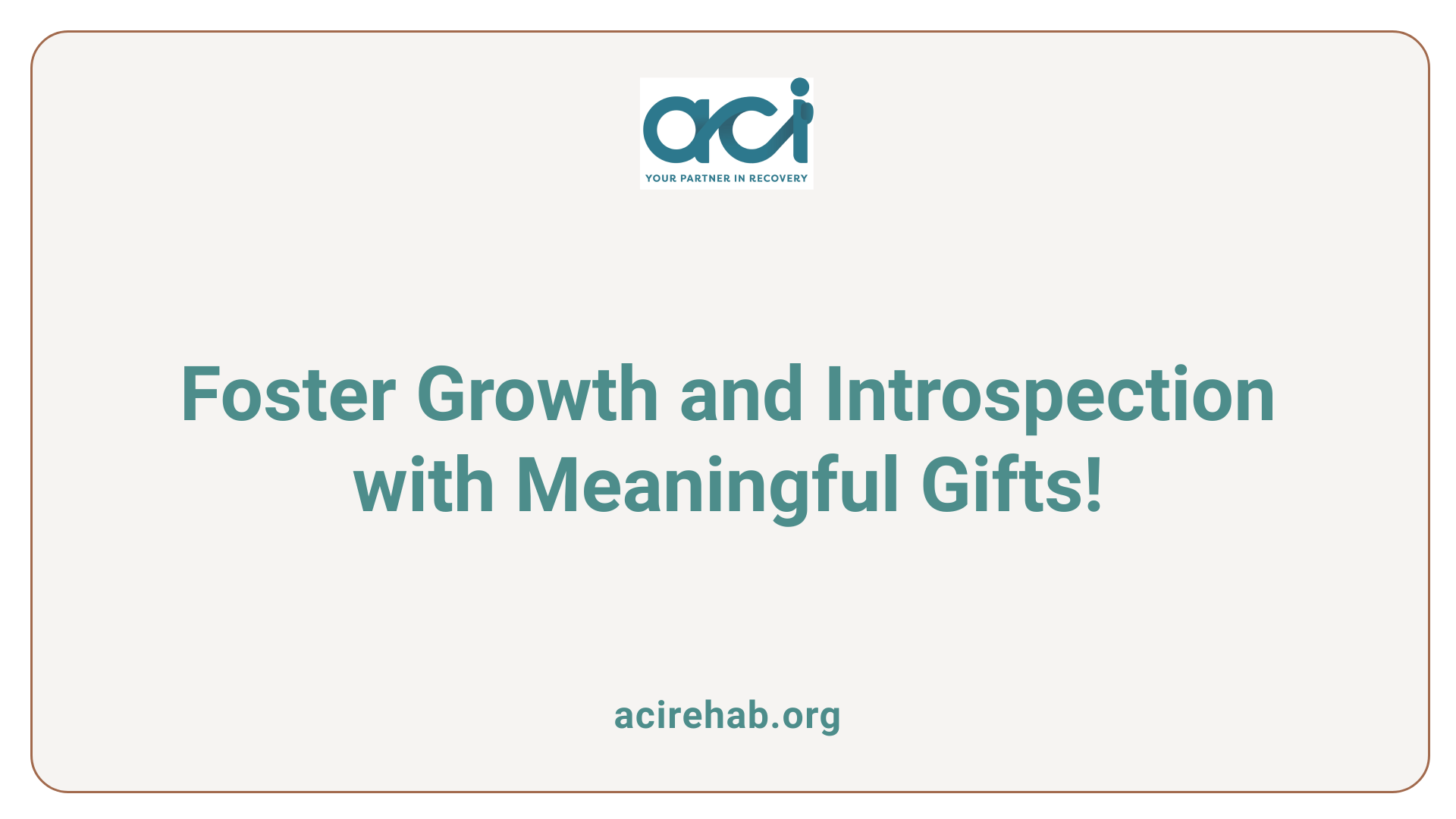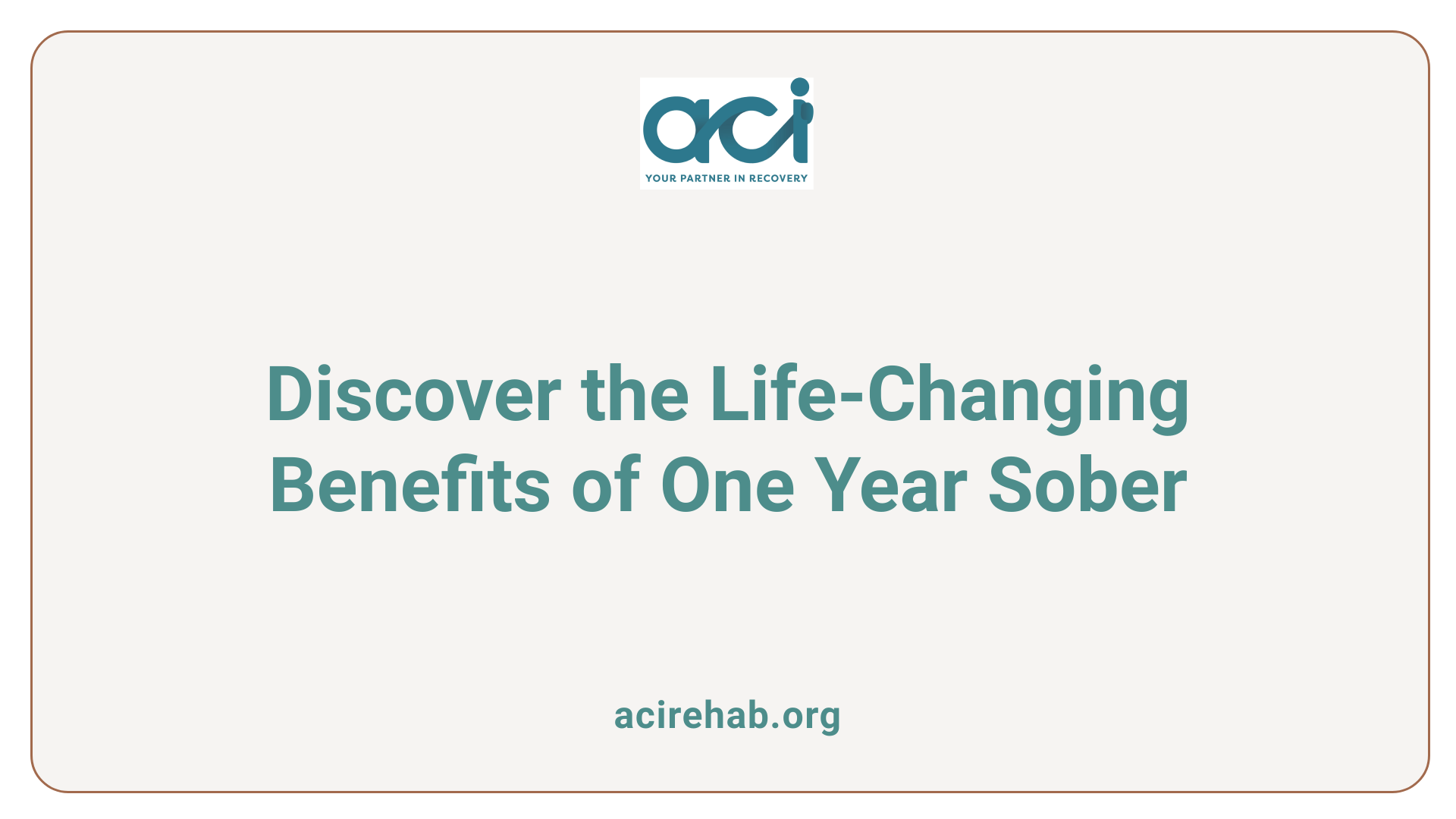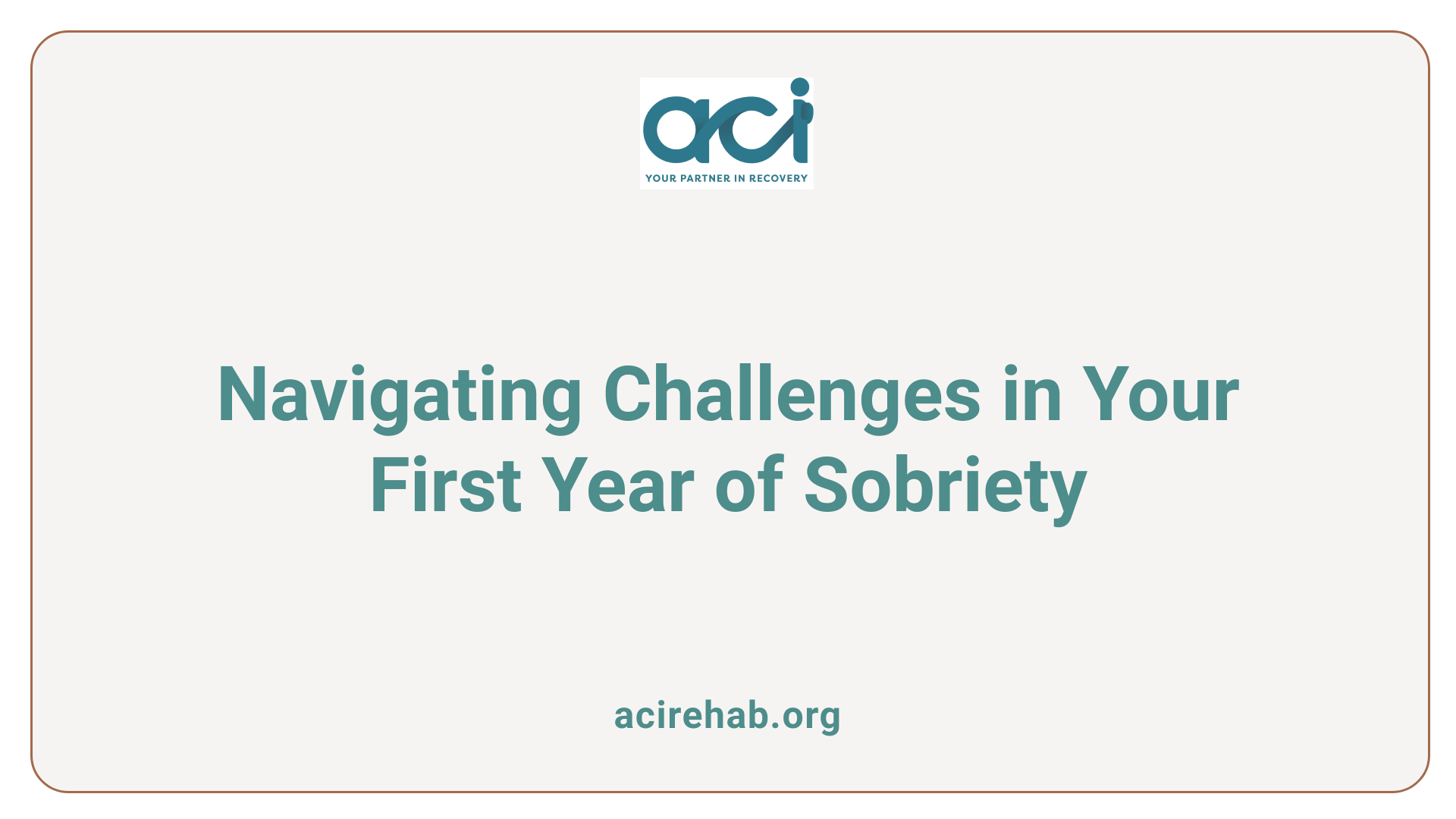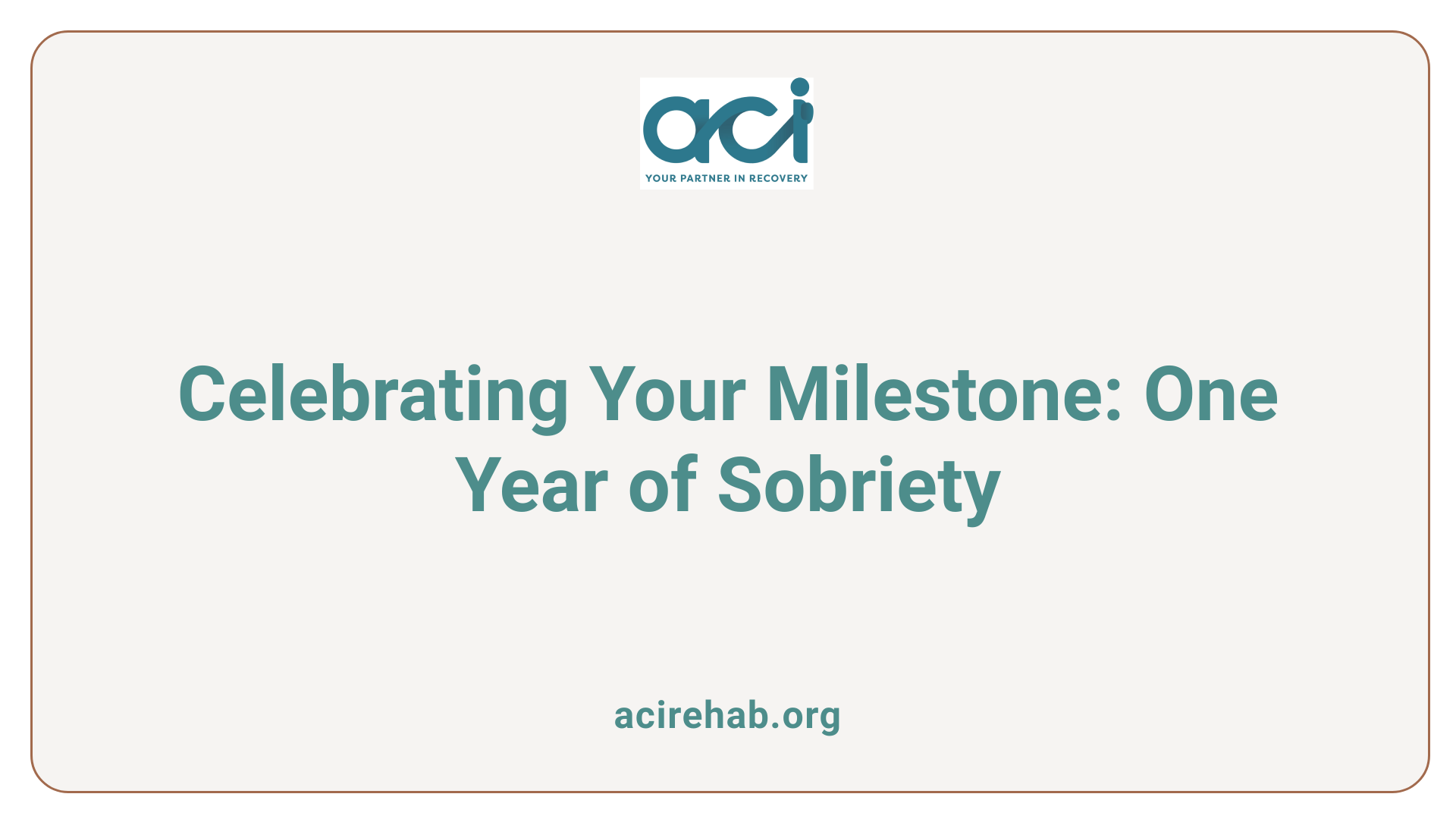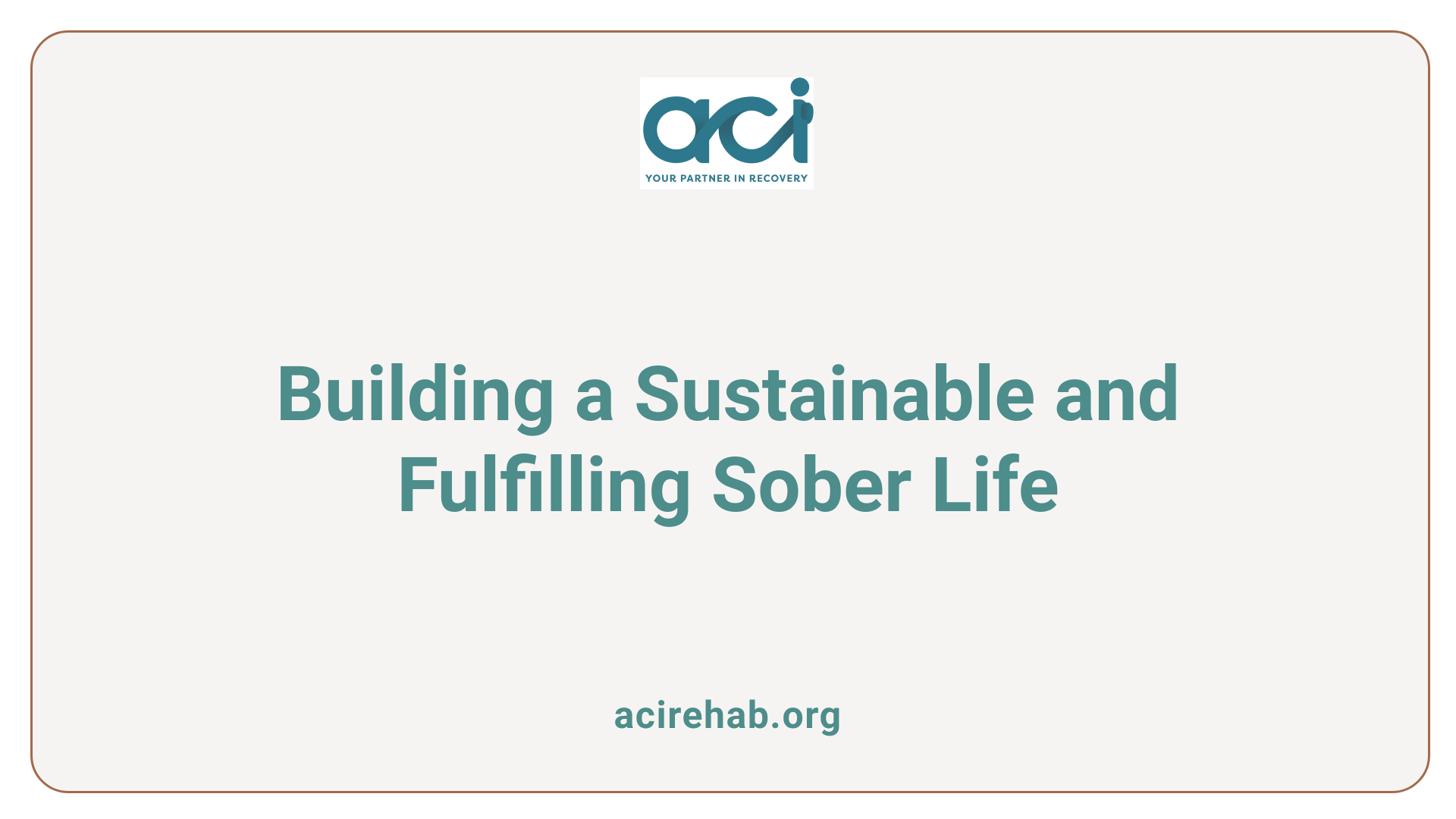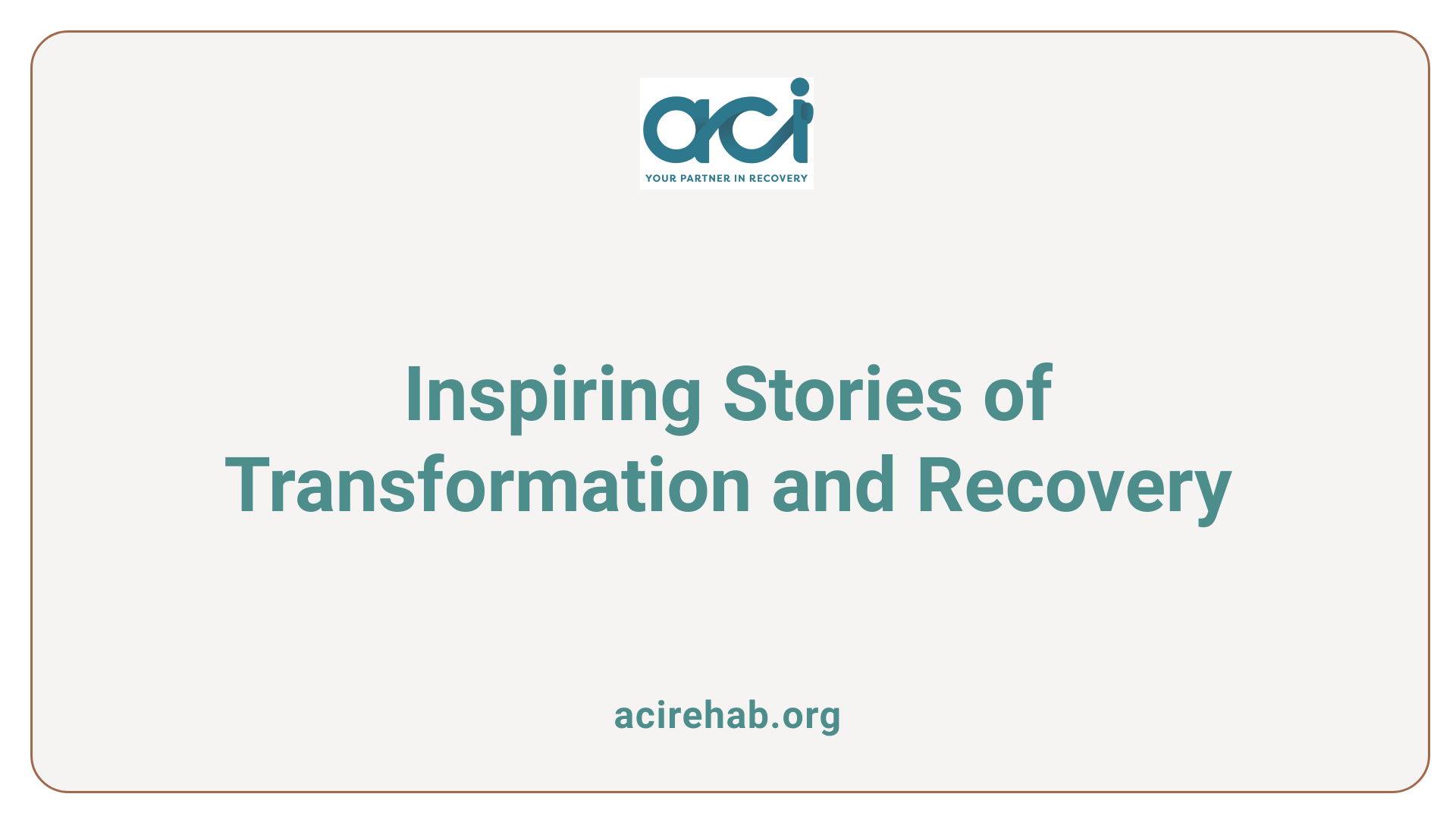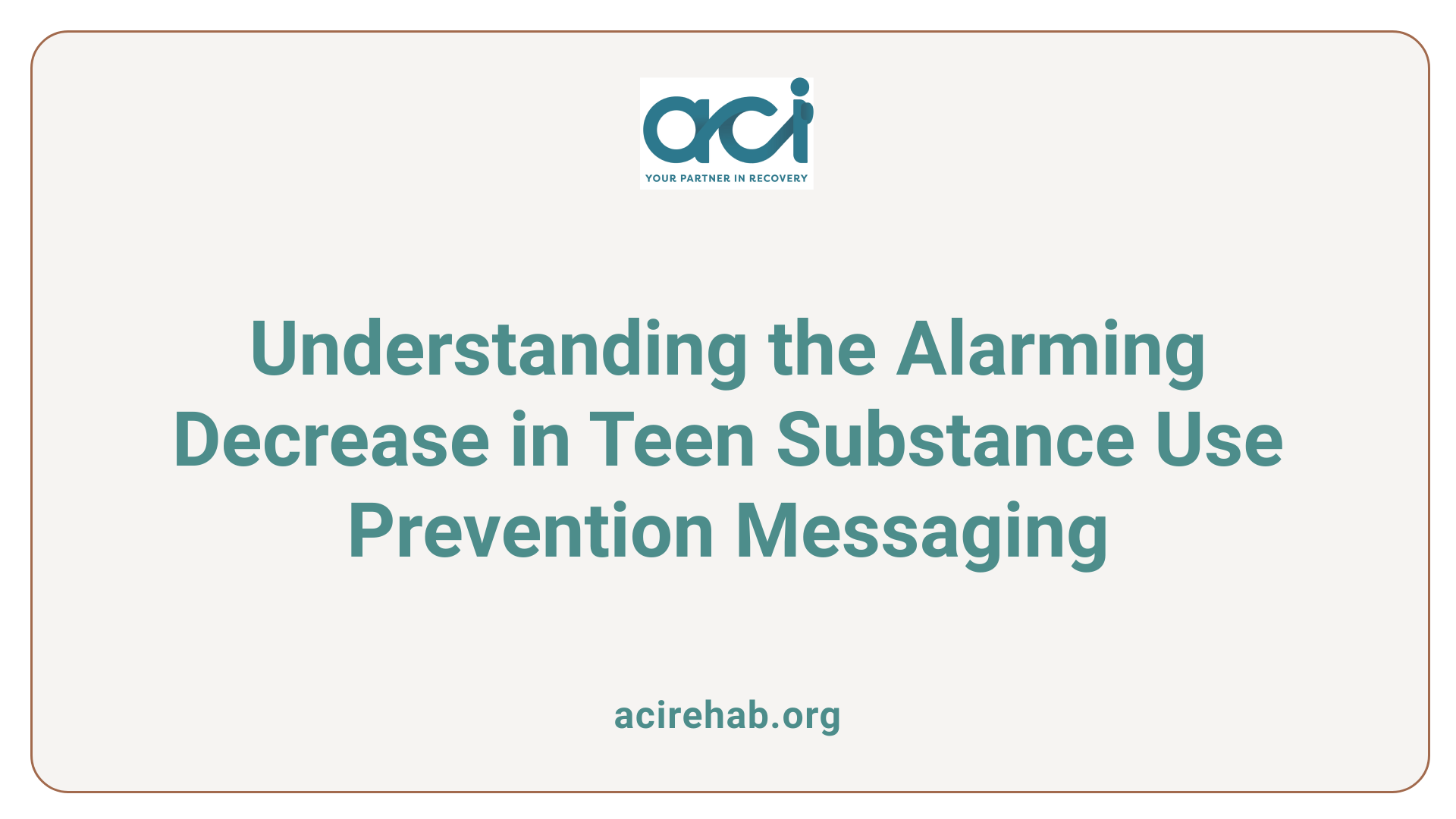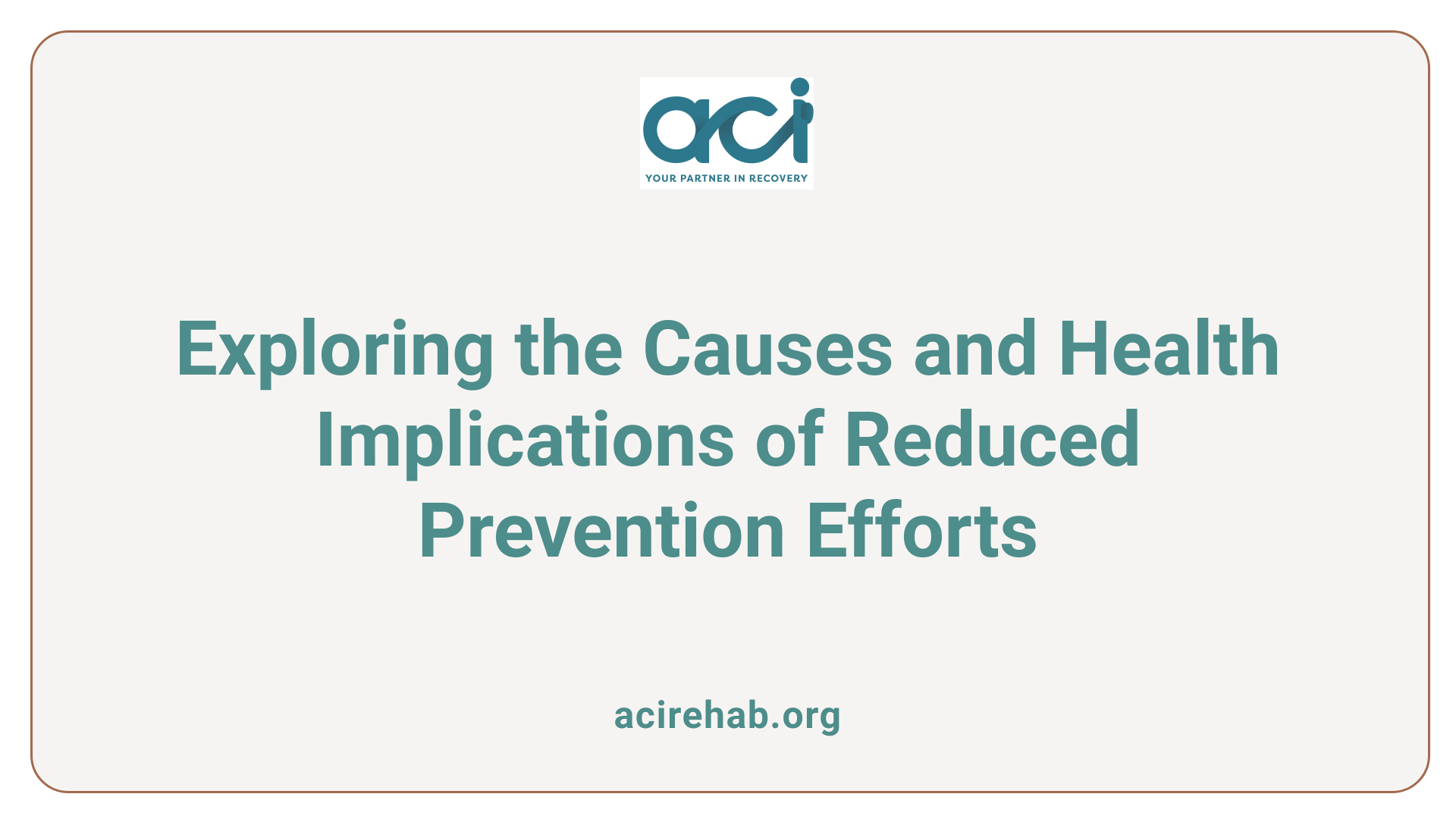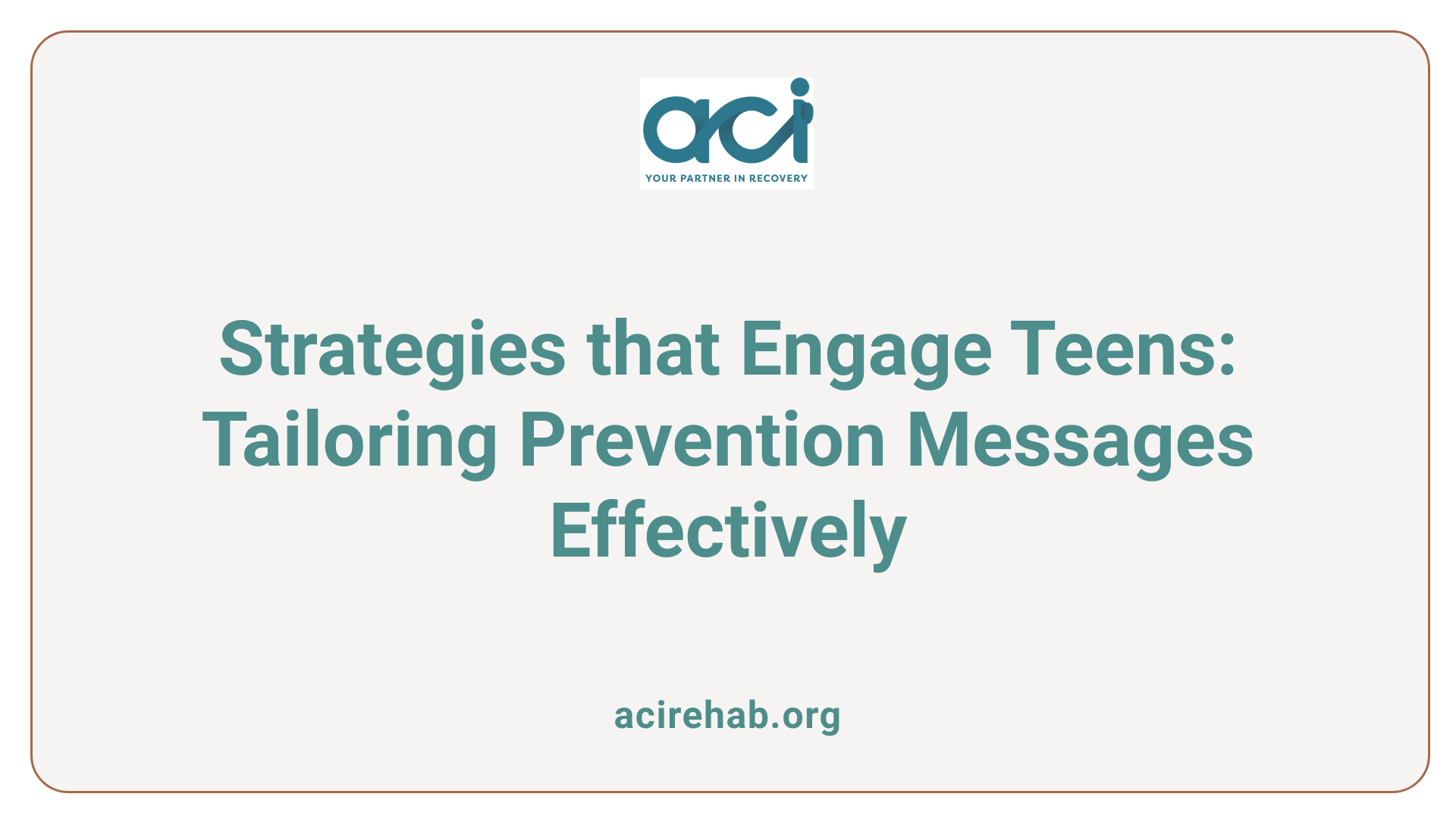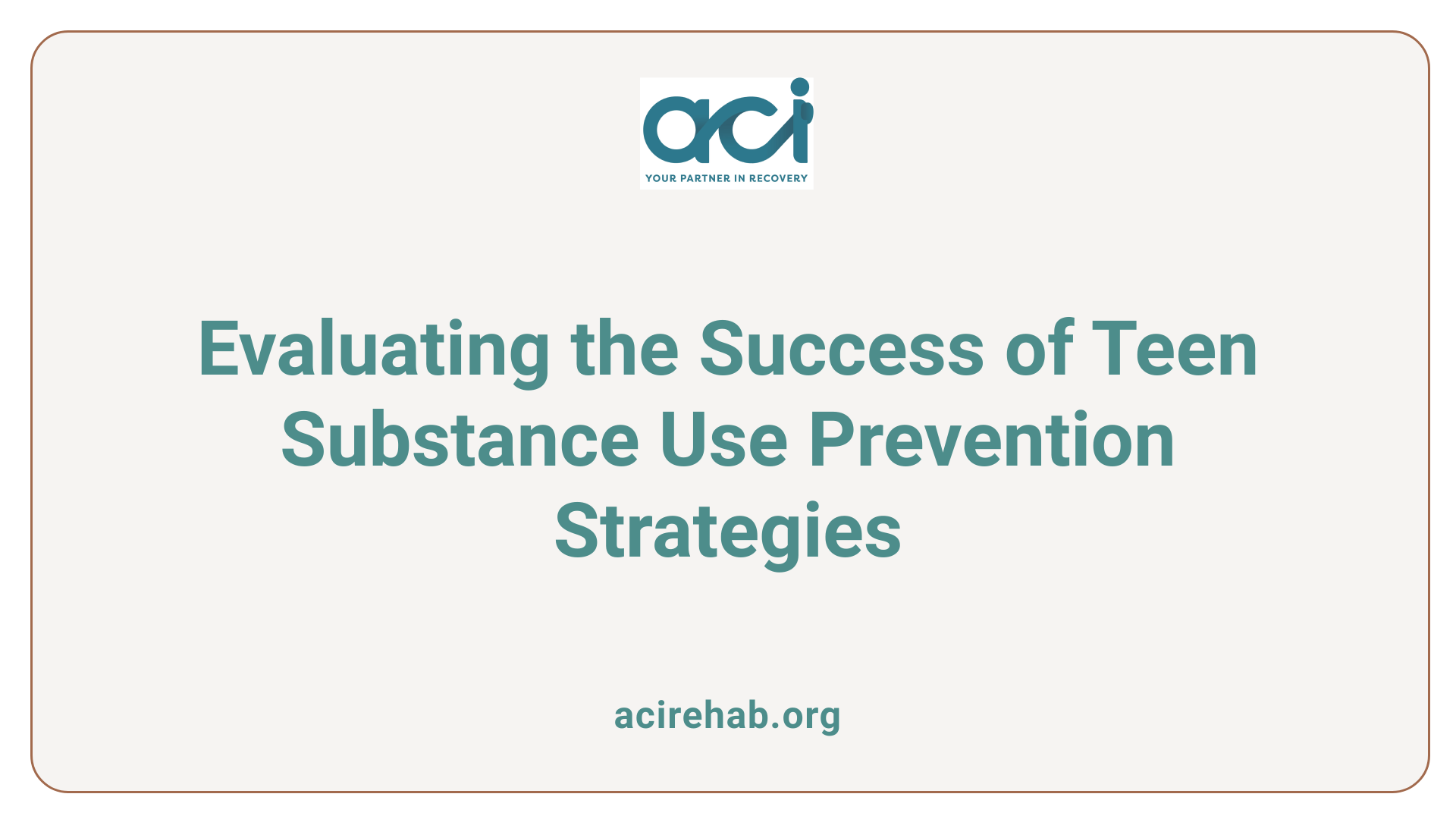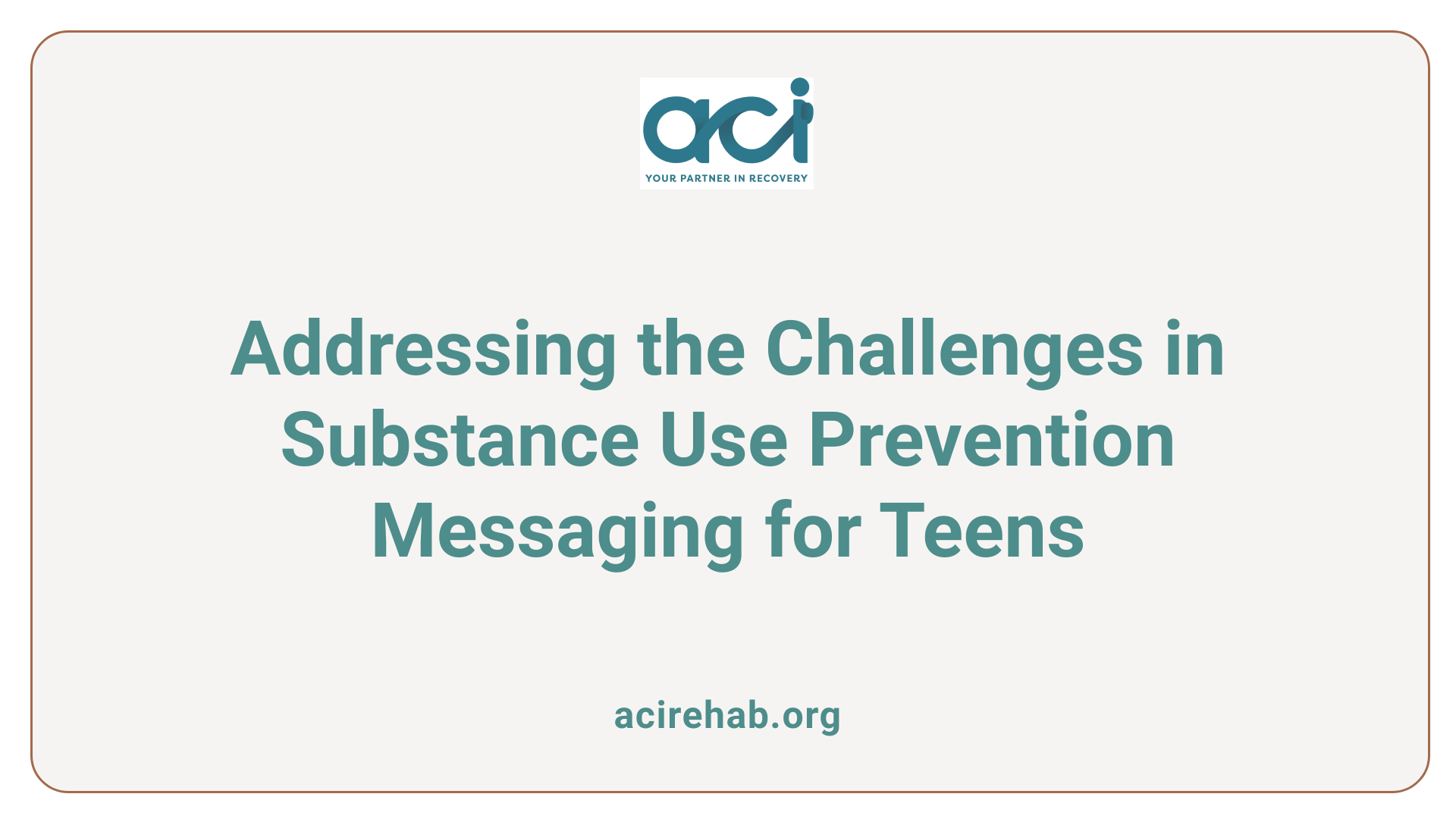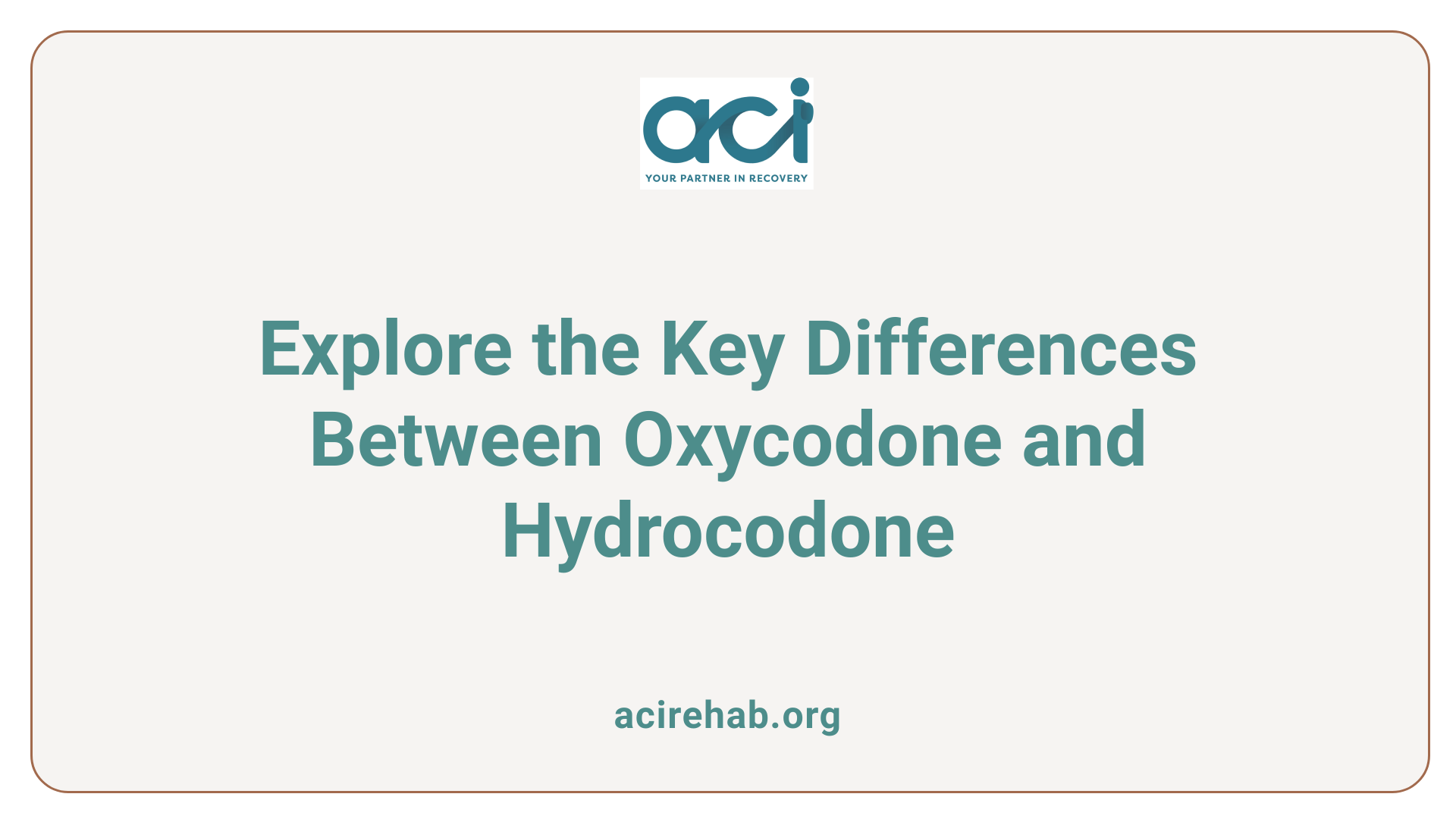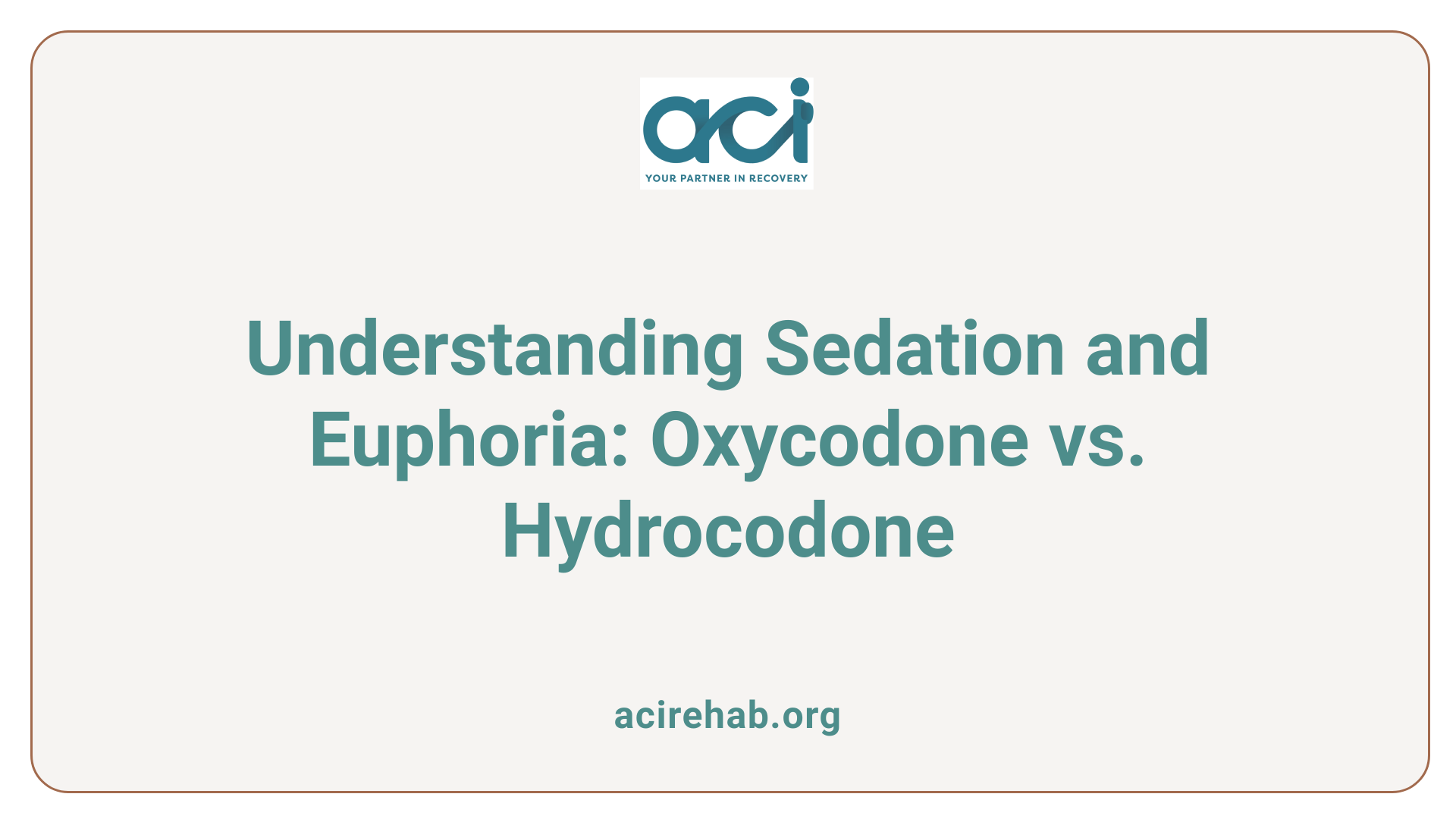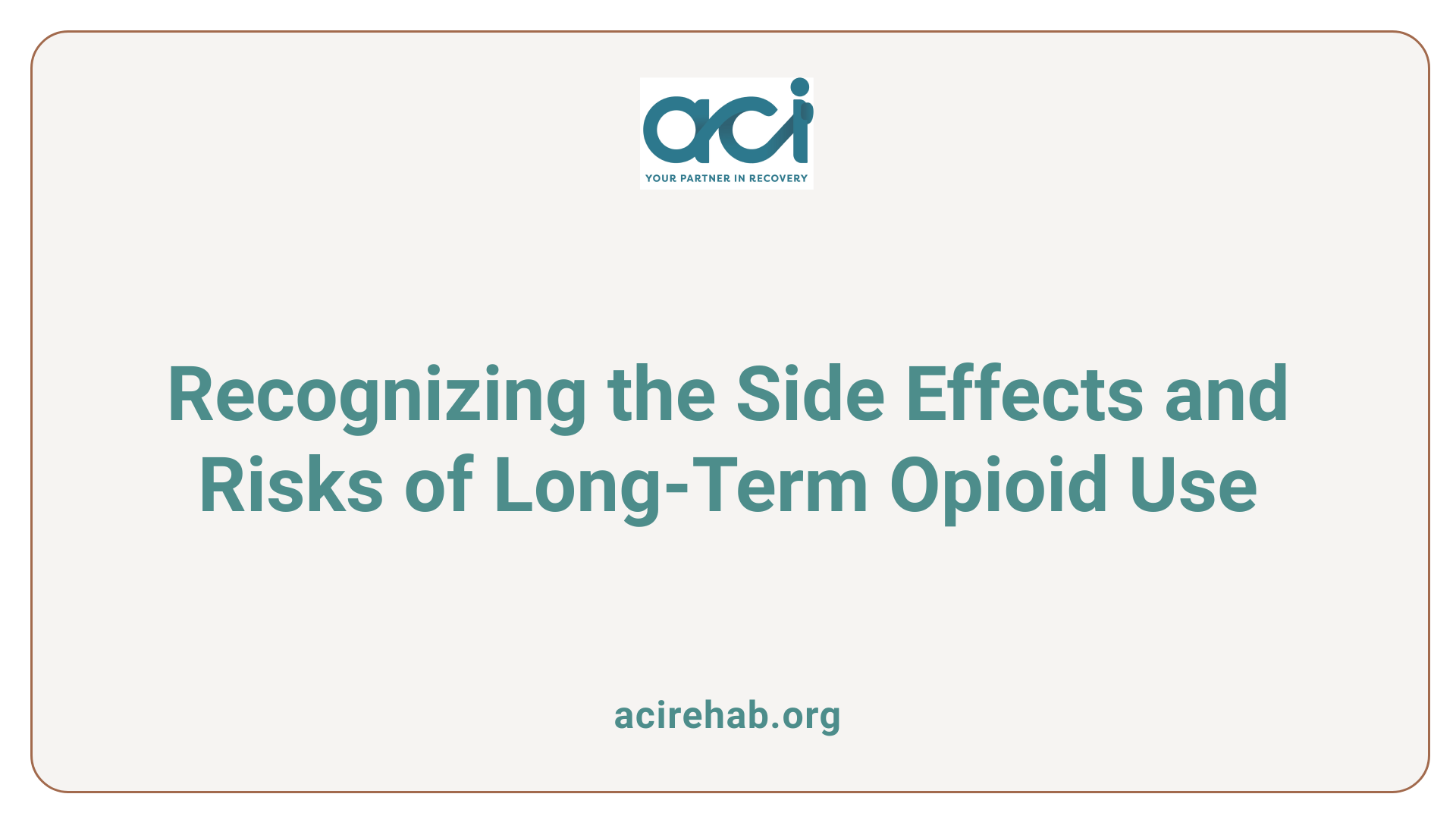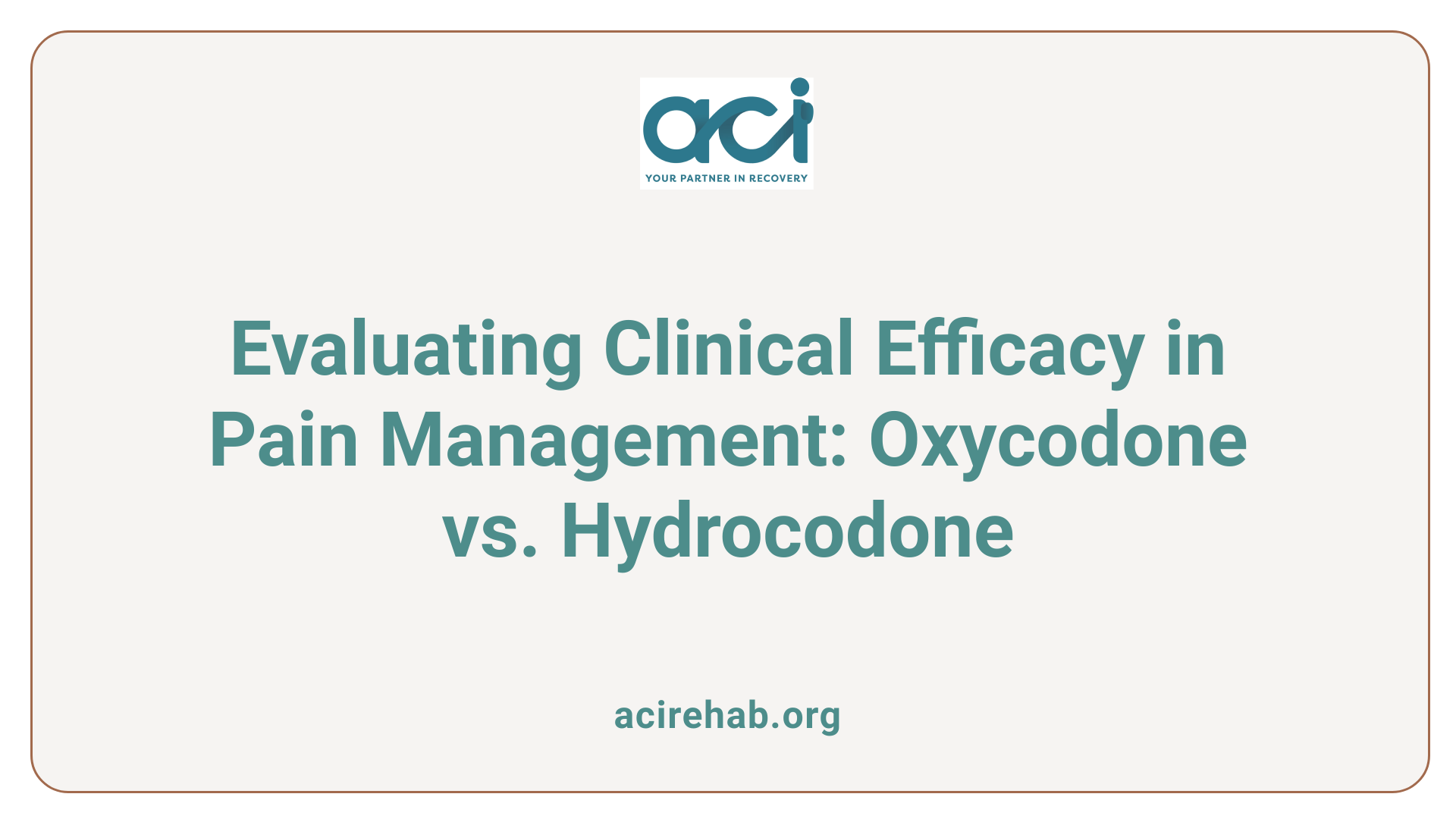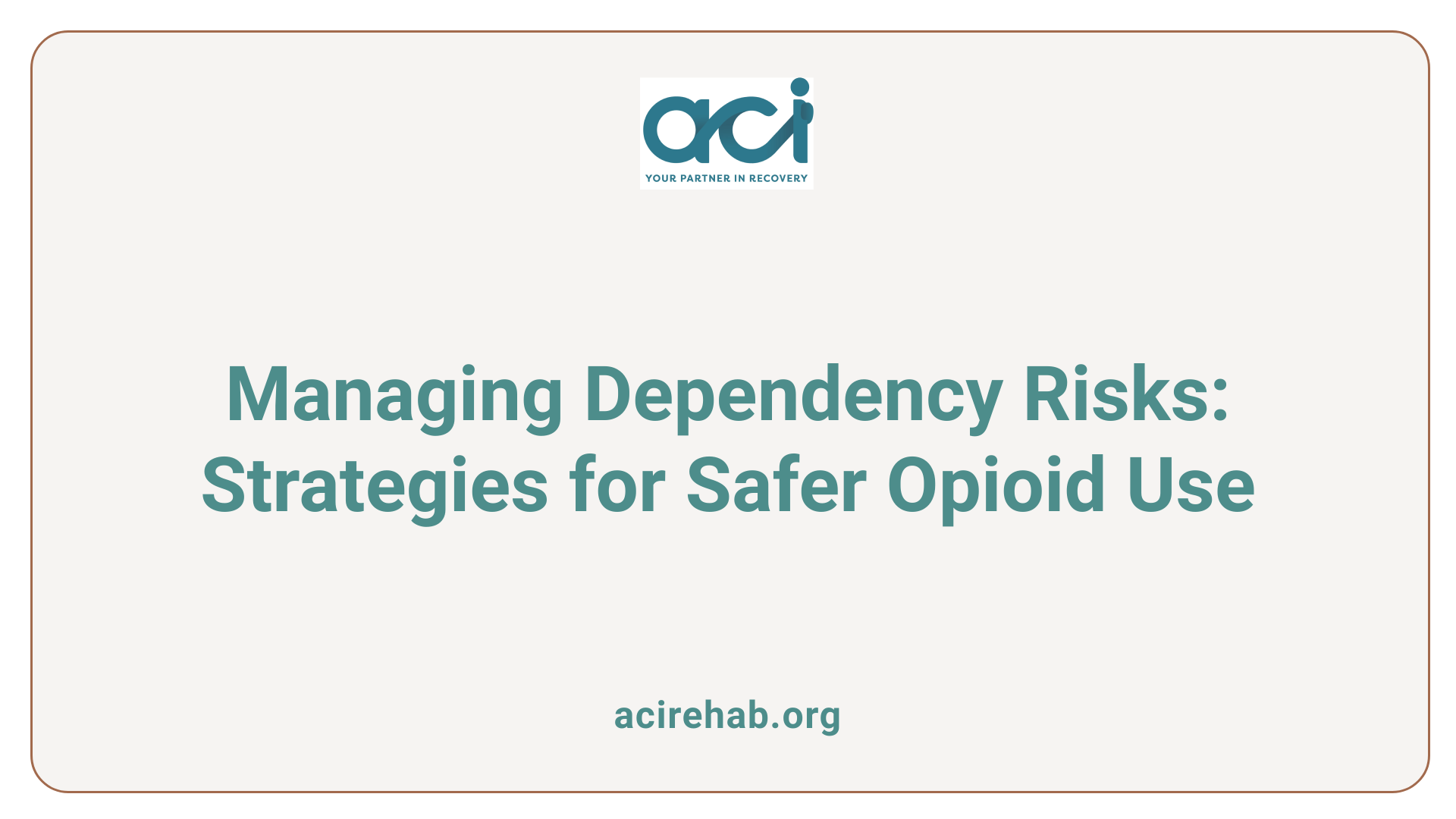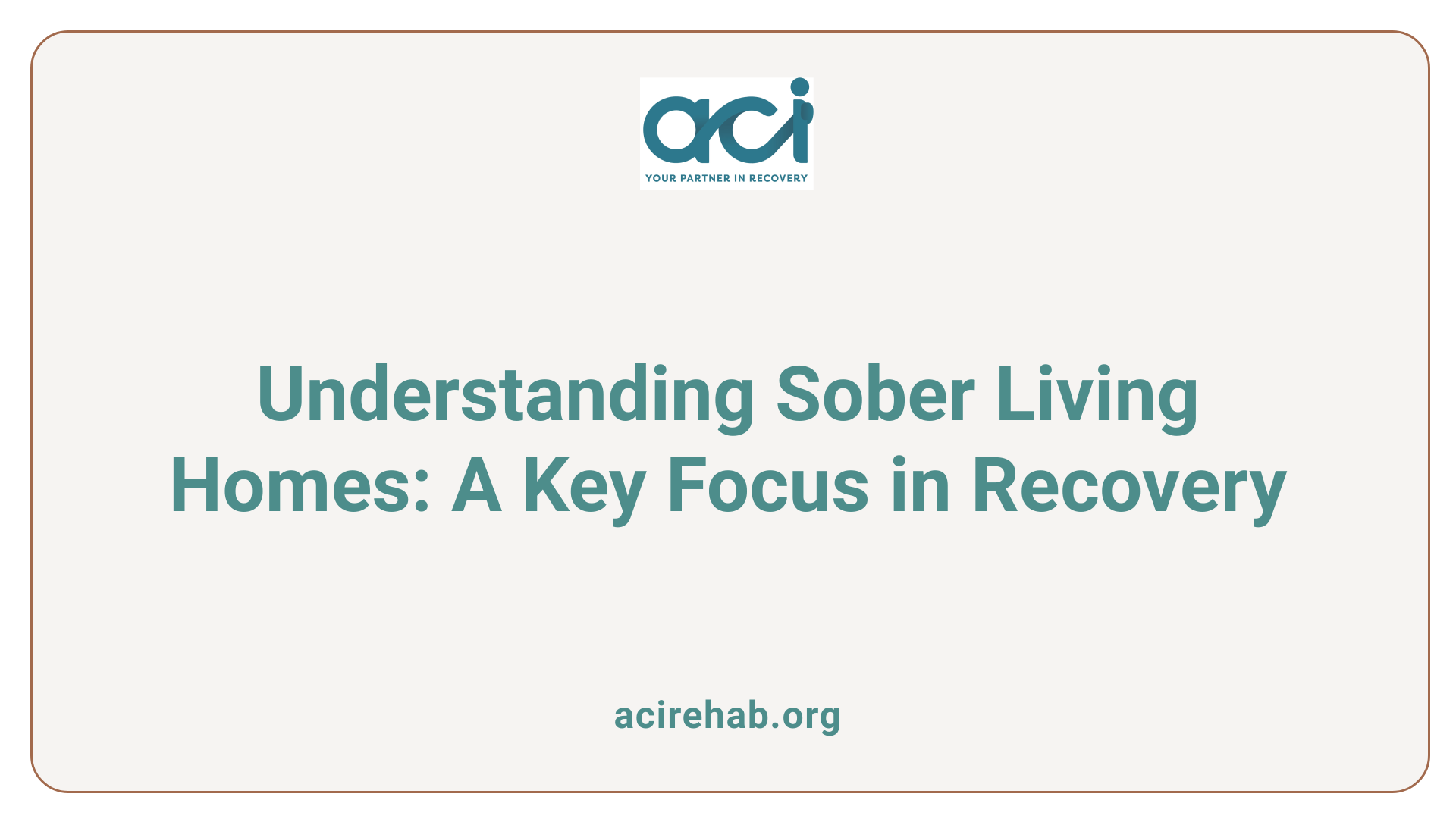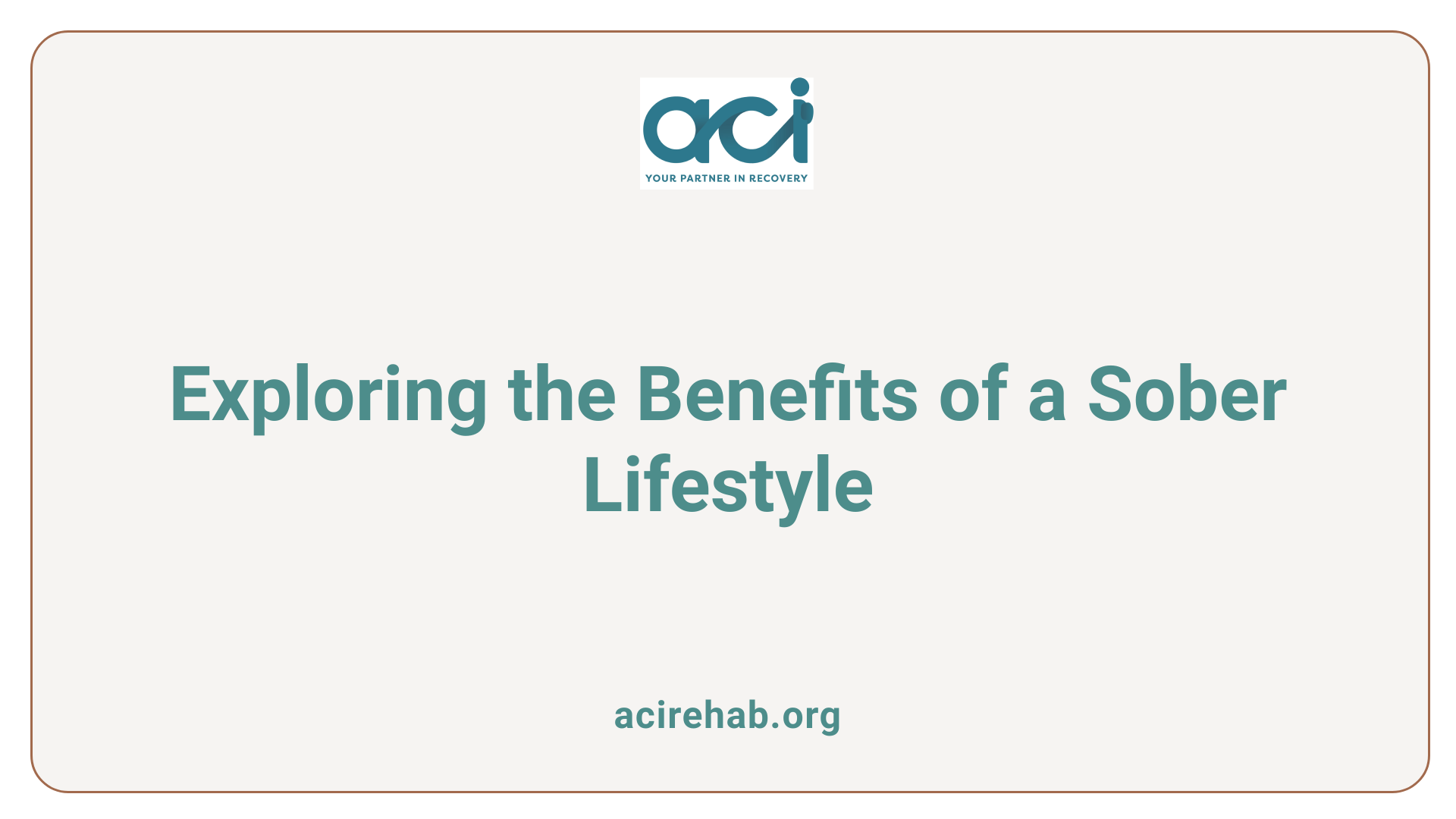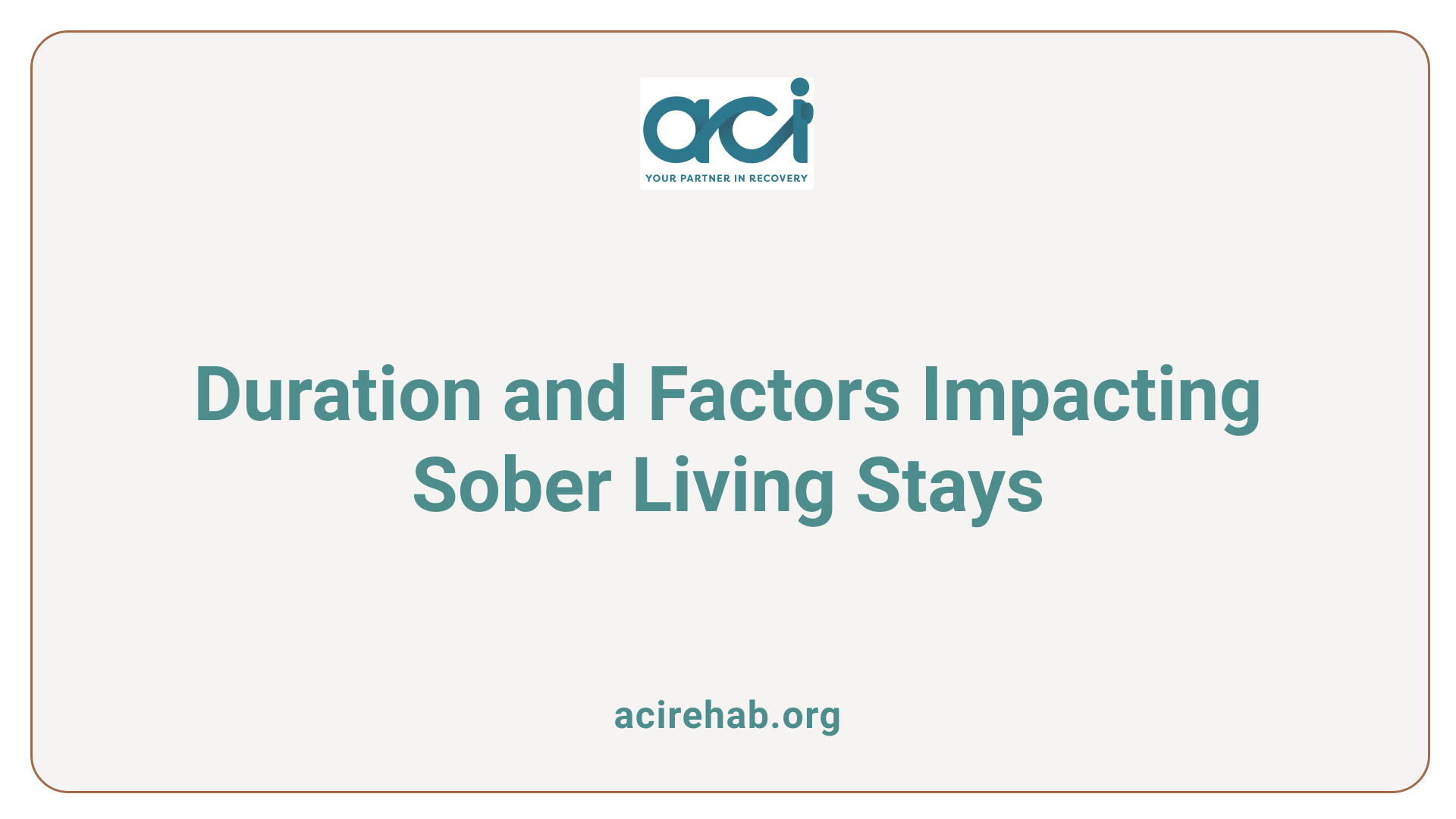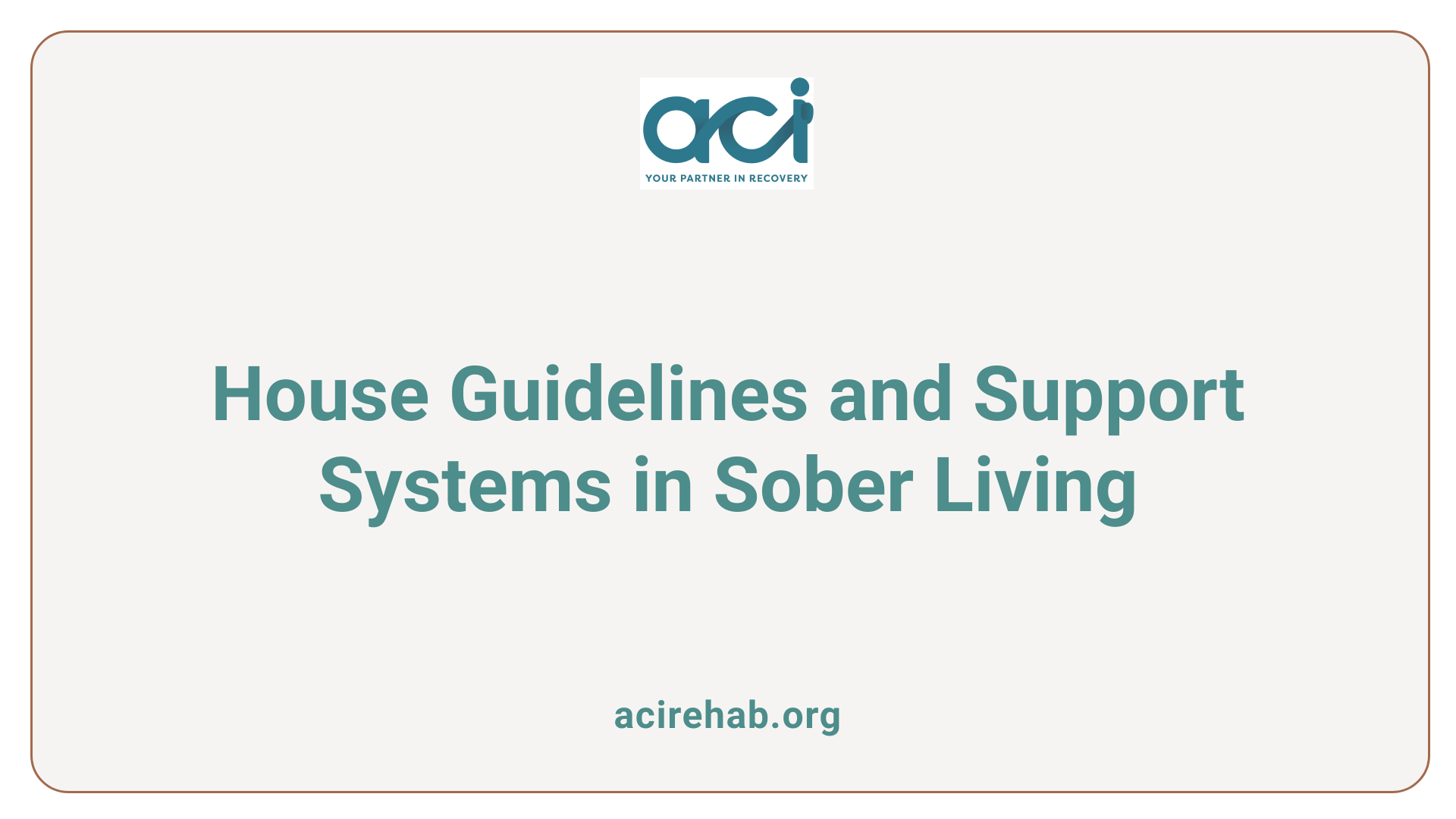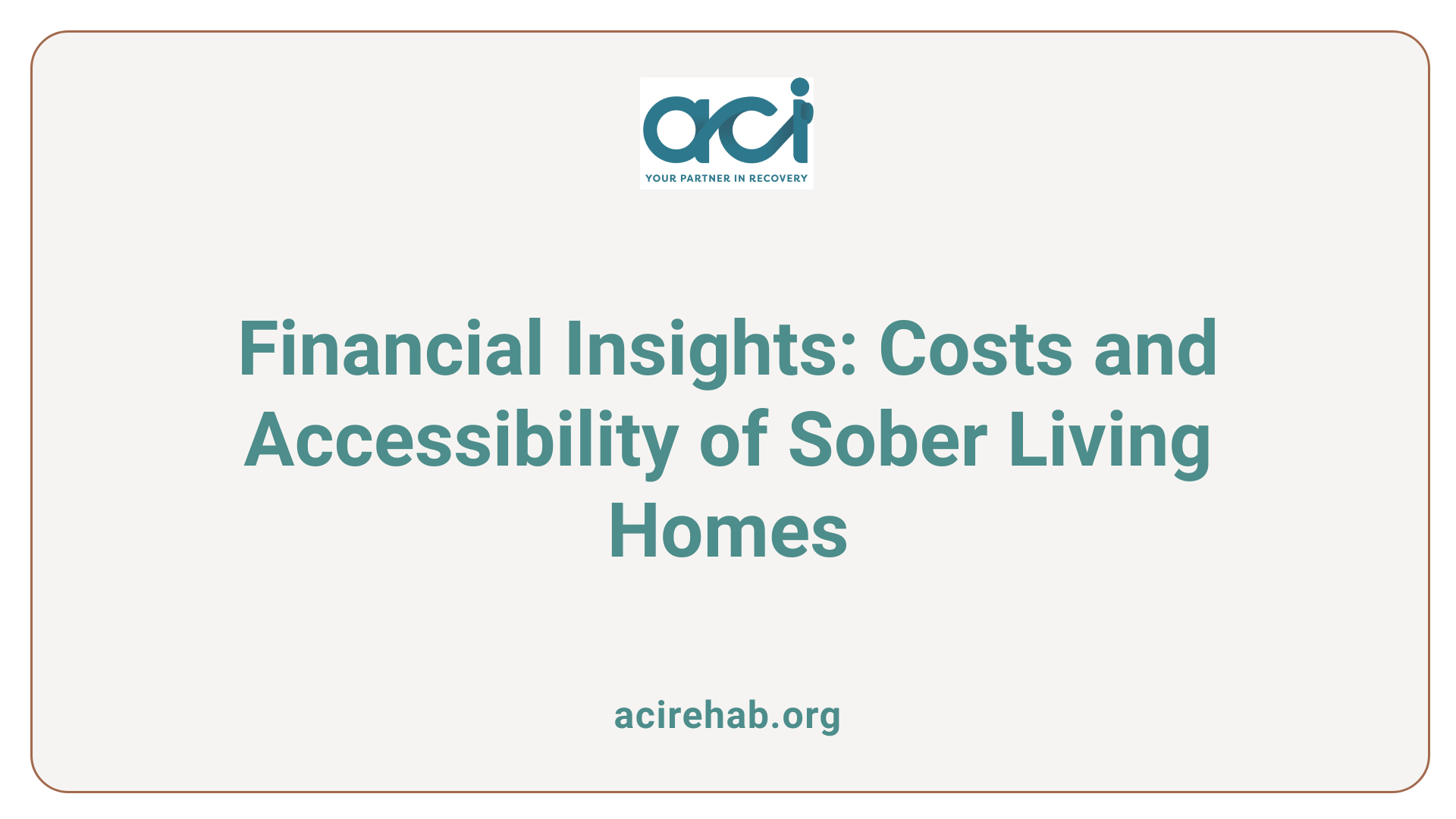The Necessity of Support in Addiction Recovery
Embarking on the journey to recovery from addiction is a profound undertaking, demanding more than just personal resolve. It’s a collaborative effort requiring robust support structures to navigate the complex landscape of healing. As individuals confront the challenges of addiction, the presence of strong, compassionate networks becomes indispensably vital. Support systems foster not only emotional well-being but also accountability, creating a foundation for enduring recovery. This article delves into the critical roles of support networks, the pitfalls of solo recovery attempts, and strategies to build effective support systems.
Why Support Systems Matter
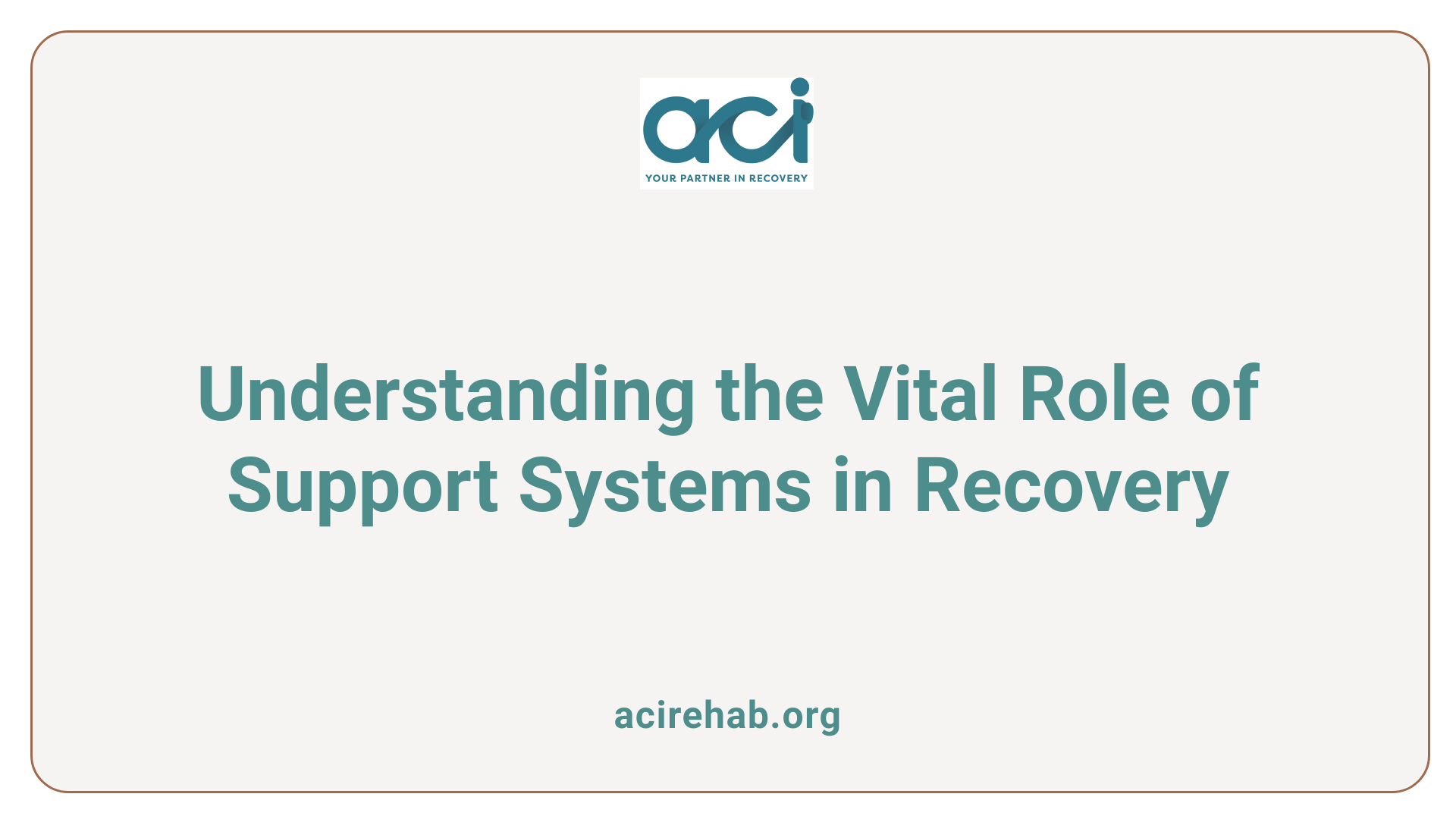
What is the importance of support systems in addiction recovery?
Support systems are vital in addiction recovery as they offer essential emotional, informational, and tangible resources. Individuals often face numerous challenges during recovery, including withdrawal symptoms, cravings, and emotional burdens. Having supportive relationships can significantly enhance treatment outcomes, with research noting higher levels of social support leading to increased days of abstinence and lower relapse rates.
The encouragement from family, friends, and recovery groups can boost motivation and accountability, especially in the early stages of recovery. An interconnected network not only helps mitigate feelings of isolation but also reduces stress, creating a conducive environment for healing. The sense of belonging fostered through these networks facilitates positive lifestyle changes necessary for maintaining long-term sobriety.
Healing through strong networks
A strong support network provides individuals with practical assistance, ranging from help with daily tasks to emotional backing. During recovery, practical support can include transportation to therapy, assistance with groceries, or simply having someone to talk to during difficult moments.
Moreover, support groups like Alcoholics Anonymous (AA) or Narcotics Anonymous (NA) allow individuals to share experiences and receive understanding without judgment. Participants learn from one another, reinforce each other’s progress, and build resilience against potential relapses.
Ultimately, recovery is a collaborative endeavor. Individuals are reminded that they don’t have to navigate this challenging journey alone—having strong social ties can lead to healthier recovery outcomes and a greater quality of life.
The Challenges of Solo Recovery
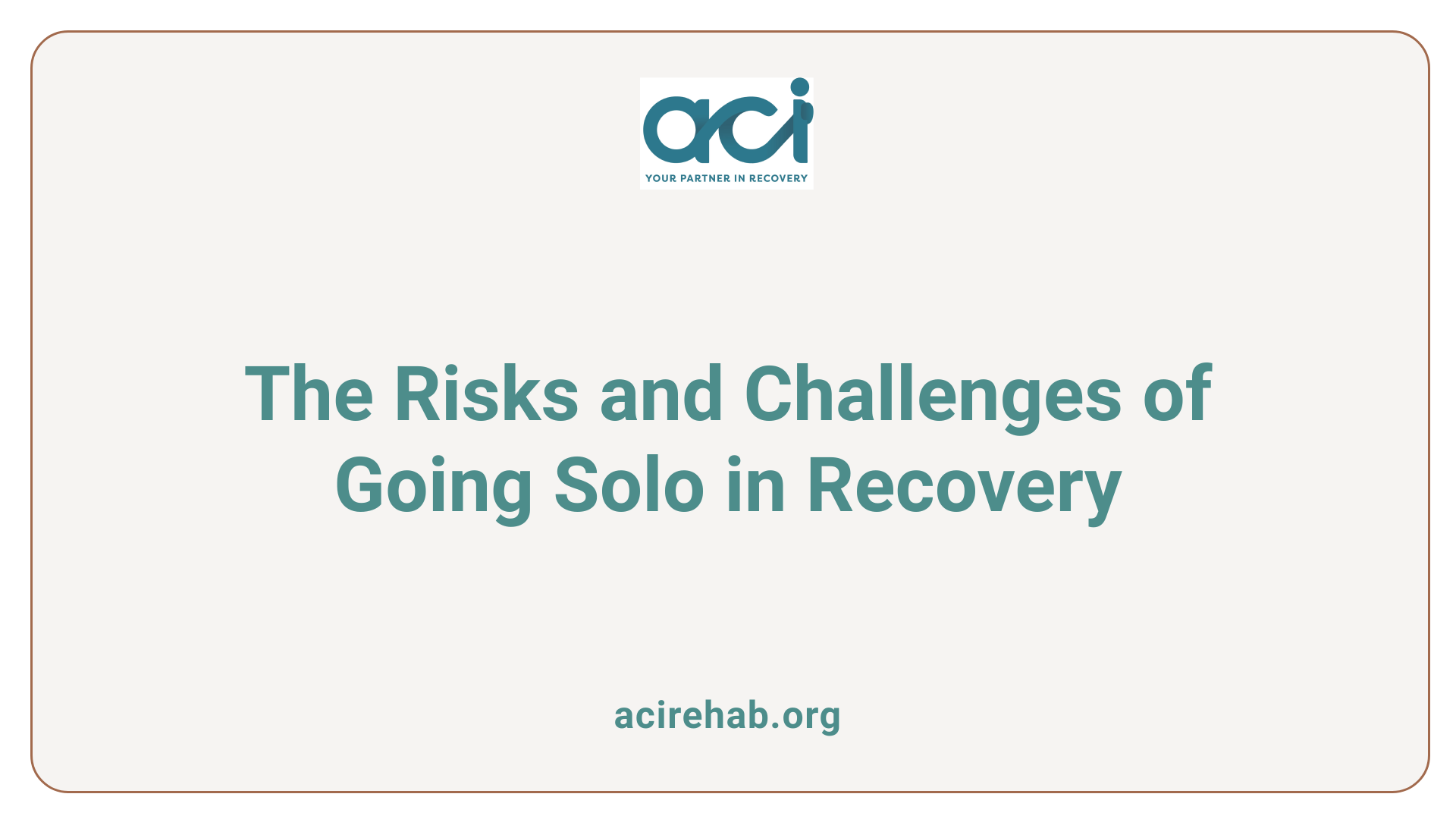
Risks of attempting recovery alone
Separating oneself from addiction often feels overwhelming, especially without the backing of a support system. Individuals attempting recovery without help are at a higher risk for relapse. Isolation can exacerbate feelings of loneliness and trigger cravings, making it challenging to maintain sobriety. The absence of a community often translates to fewer resources for emotional support. These challenges can intensify the psychological burden associated with addiction, leading to a cycle of relapse and disappointment.
Challenges without professional help
Attempting recovery without professional help can present numerous challenges. Individuals may struggle to develop effective coping strategies, as they often lack guidance in managing cravings and triggers associated with their addiction. The process of repairing damaged relationships and building a supportive social network can be daunting, especially when feeling isolated or lonely. Financial issues and underlying mental health conditions can further complicate recovery, making it difficult to maintain sobriety without professional support. Additionally, the lack of structured environments and evidence-based treatments can hinder progress and increase the risk of relapse.
| Challenges of Solo Recovery | Potential Impacts | Solutions |
|---|---|---|
| Feelings of isolation | Heightened risk of relapse | Seek support groups |
| Lack of coping strategies | Inability to manage triggers | Professional therapy |
| Complicated relationships | Difficulty in rebuilding trust | Family support involvement |
| Undiagnosed mental health issues | Increased emotional strain | Dual-diagnosis treatment |
Building a Support Network
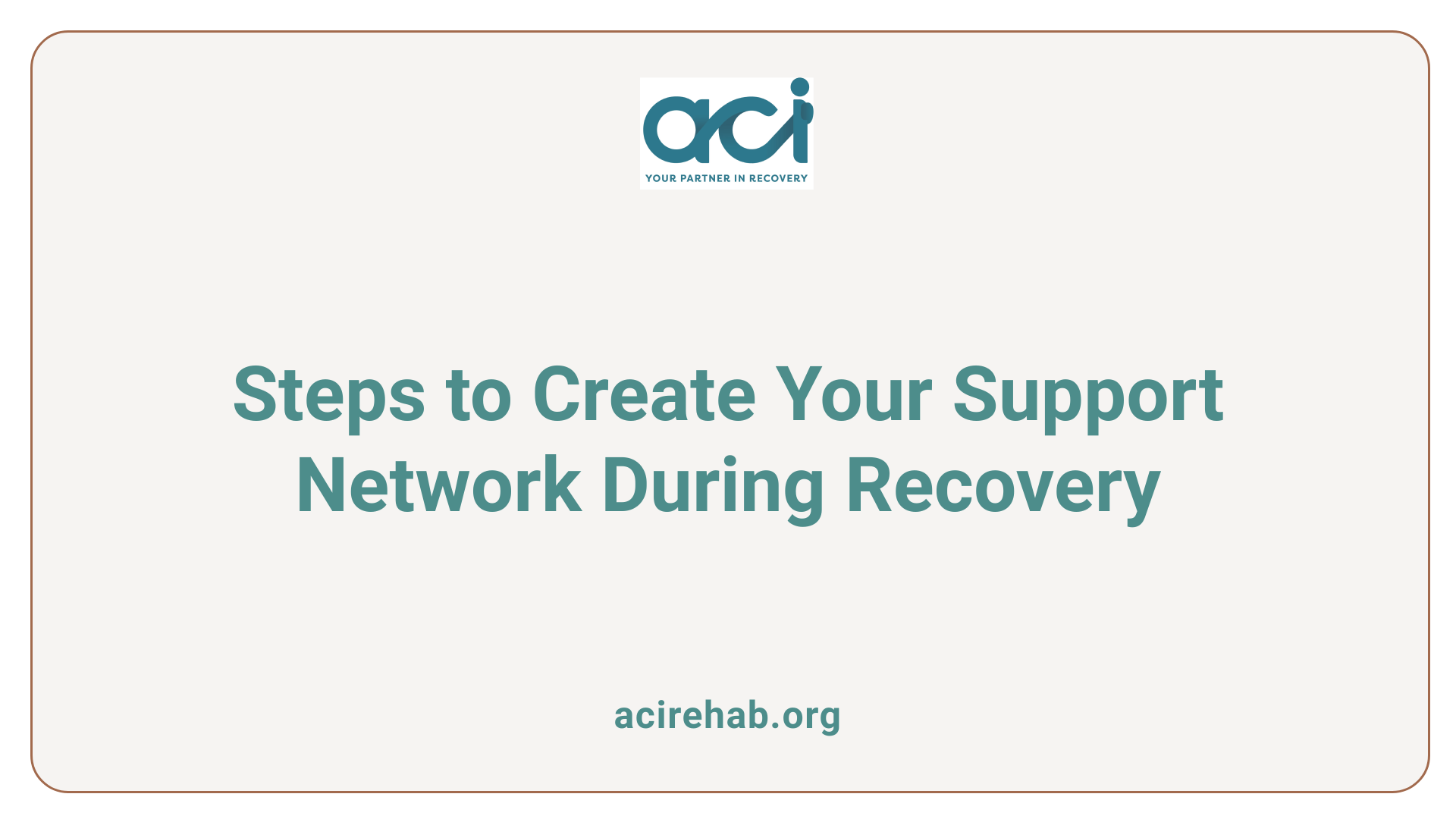
How can one build a support network during addiction recovery?
Building a support network during addiction recovery involves connecting with a diverse group of individuals, including supportive friends, family members, and professionals. Here are key steps to establish your network:
- Engage in Recovery Groups: Attend support meetings like Alcoholics Anonymous (AA) or Narcotics Anonymous (NA) where individuals share similar struggles. This fosters a sense of community and accountability.
- Reconnect with Loved Ones: Reach out to family and friends who have been positively impacted by your journey. Their understanding and encouragement are vital.
- Make New Connections: Seek out sober friends or participate in community activities. Joining clubs or engaging in hobbies can help you meet individuals who support a sober lifestyle.
- Establish Boundaries: Distance yourself from relationships that trigger urges to use substances. Surrounding yourself with positive influences is essential to sustaining your recovery.
- Communicate Your Needs: Be open with your support network about what you need from them. Clear communication helps set realistic expectations and strengthens these relationships.
Connecting with Community
Community involvement can significantly bolster your recovery efforts. Engaging with local groups not only provides social support but also promotes feelings of belonging. Here’s how to connect:
- Volunteering: Offering your time to causes you care about helps distract from negative thoughts, while creating new friendships based on shared interests.
- Participating in Events: Attend local events or workshops centered around health and wellness, which can introduce you to like-minded individuals.
By focusing on rebuilding and maintaining a strong support network, you can effectively reduce feelings of isolation and work toward a healthier, sober future.
Family and Friends: Anchors in Recovery
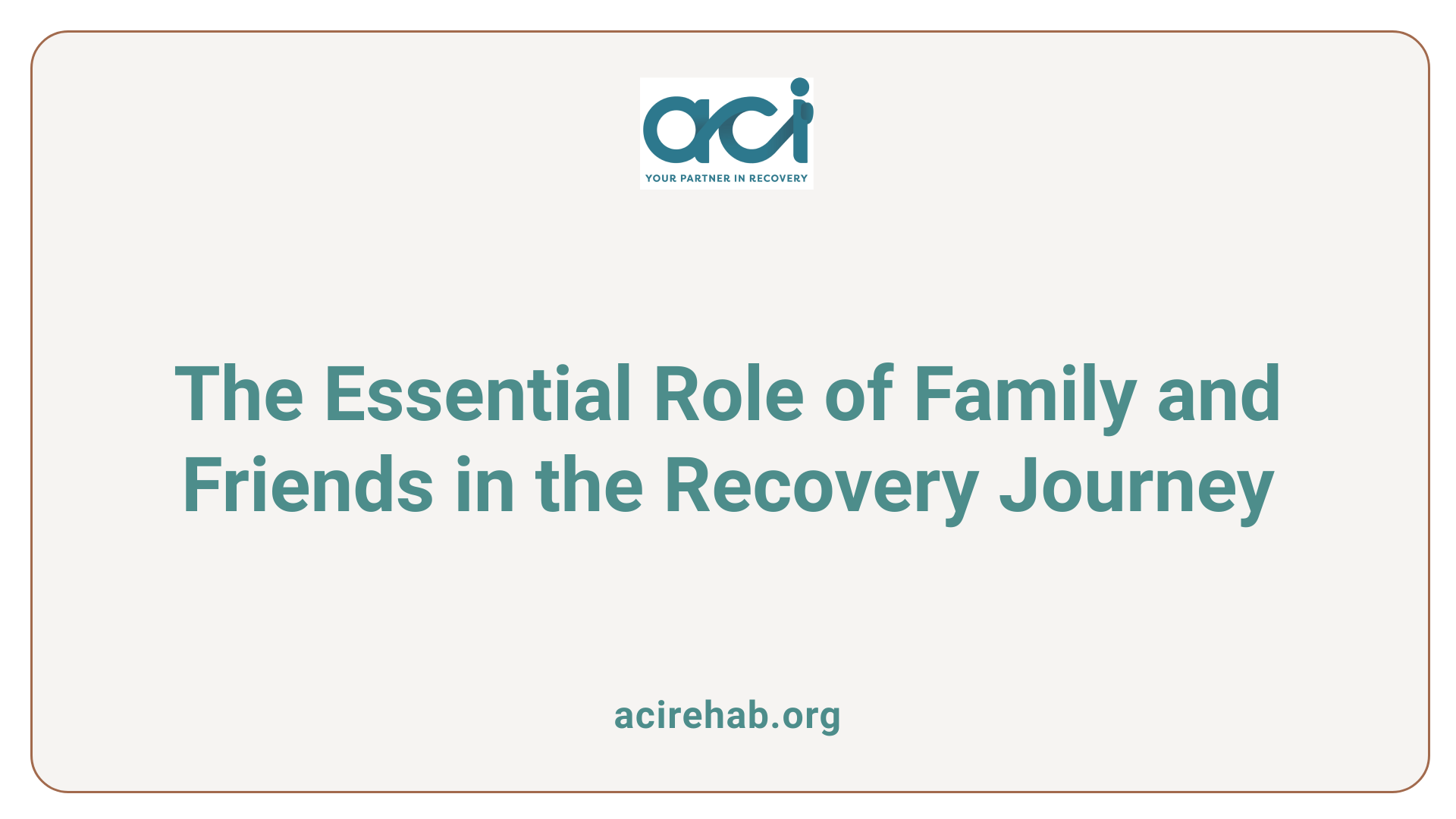
What roles do friends, family, and therapy play in the recovery process?
The journey to recovery from addiction is significantly influenced by the involvement of friends, family, and therapy. Each of these elements serves to build a robust support network that fosters emotional healing and accountability during a critical time.
Family members are often the first line of support, encouraging their loved ones to seek help and playing a pivotal role in navigating treatment options. When included in family therapy sessions, they can gain insight into the nature of addiction and learn healthier communication strategies. This involvement not only aids the person recovering but also helps mend relationships damaged by addiction.
Friends also contribute to recovery by inviting their loved ones to participate in sober activities, which helps avoid trigger situations associated with previous substance use. By creating an atmosphere of safety and understanding, friends can provide a judgment-free space for sharing emotions, vital for emotional processing.
Support groups, such as Al-Anon and Narc-Anon, offer shared experiences and communities for families affected by addiction. These gatherings emphasize collective healing, enabling families to understand their roles in the recovery process.
How can family involvement enhance the recovery process?
Involving family in the recovery journey proves essential for creating a stable environment that promotes sustained recovery. Families can engage actively by attending therapy sessions and participating in discussions about addiction. These efforts can strengthen familial bonds, enhance empathy towards the challenges faced by the individual in recovery, and foster accountability.
By reinforcing the concept that recovery isn’t just a solo battle but a community effort, families can significantly enhance the likelihood of long-term sobriety. Through the emotional support of loved ones and the guidance of therapy, individuals recovering from addiction are more likely to establish the resilience needed to recognize and respond to triggers, navigate challenges, and sustain their recovery journey.
The Benefits of Community Involvement
What are the benefits of support groups and community involvement in recovery?
Support groups and community involvement in recovery offer numerous benefits, making them essential components of the healing process. Emotional support is one of the primary advantages; individuals engage in shared experiences which significantly diminish feelings of isolation and loneliness. This connection is crucial as addiction often leads to social withdrawal, making the need for a supportive network even more pronounced.
In addition to emotional backing, these groups provide practical guidance. Participants have access to a wealth of knowledge and resources that can aid them in their recovery journey. For instance, members often share coping strategies, helping each other navigate triggers and cravings which can arise during their sober life.
Moreover, engaging with a community fosters a sense of belonging. Individuals involved in support groups report higher levels of satisfaction and improved treatment outcomes. The accountability that comes from regular meetings enhances commitment to sobriety and encourages positive choices.
Why are social connections vital for successful recovery?
Research indicates that strong social support networks predict lower rates of substance use and significantly increase the likelihood of sustained recovery. Just being part of a community can lead to higher levels of abstinence, helping individuals find joy in sobriety rather than viewing it as a burden.
| Benefit | Description | Impact on Recovery |
|---|---|---|
| Emotional Support | Provides understanding and connection with peers who share similar struggles. | Reduces feelings of isolation and loneliness. |
| Practical Guidance | Members share coping strategies and resources for managing triggers and cravings. | Helps individuals navigate challenges. |
| Sense of Belonging | Engages individuals in a supportive environment, fostering community ties. | Increases motivation and commitment. |
| Accountability | Regular group meetings encourage personal accountability for sobriety goals. | Enhances treatment retention and focuses efforts. |
In summary, the combination of emotional support, practical guidance, and a strong sense of community provided by support groups plays an invaluable role in fostering success in recovery. By embracing these connections, individuals can significantly improve their chances of maintaining long-term sobriety.
Strategies for Supporting a Loved One
What are some strategies for providing support to someone in recovery?
Supporting a loved one through recovery is a multifaceted process. Effective strategies can significantly enhance their healing journey. Here are several approaches:
- Active Listening and Communication: Engage in open dialogues to let them express their feelings without judgment. Validating their emotions reinforces your support.
- Education about Addiction: Understanding addiction can help you empathize with their struggles. Knowledge equips you to offer better support and avoids making uninformed remarks that might cause harm.
- Encouragement of Healthy Habits: Help them replace addictive behaviors with positive activities. Encourage hobbies or physical exercise that bring joy and fulfillment.
- Patience and Understanding: Recovery is rarely a straight path. Be prepared for setbacks and encourage them through the ups and downs of this journey.
- Celebrating Milestones: Acknowledge their achievements, no matter how small. This can boost their confidence and motivate further progress.
Additionally, it is crucial to prioritize your self-care. Supporting someone in recovery can be emotionally taxing, so make sure you also seek support for yourself. Remember, fostering a nurturing environment is essential in their journey to sobriety.
Preventing Relapse
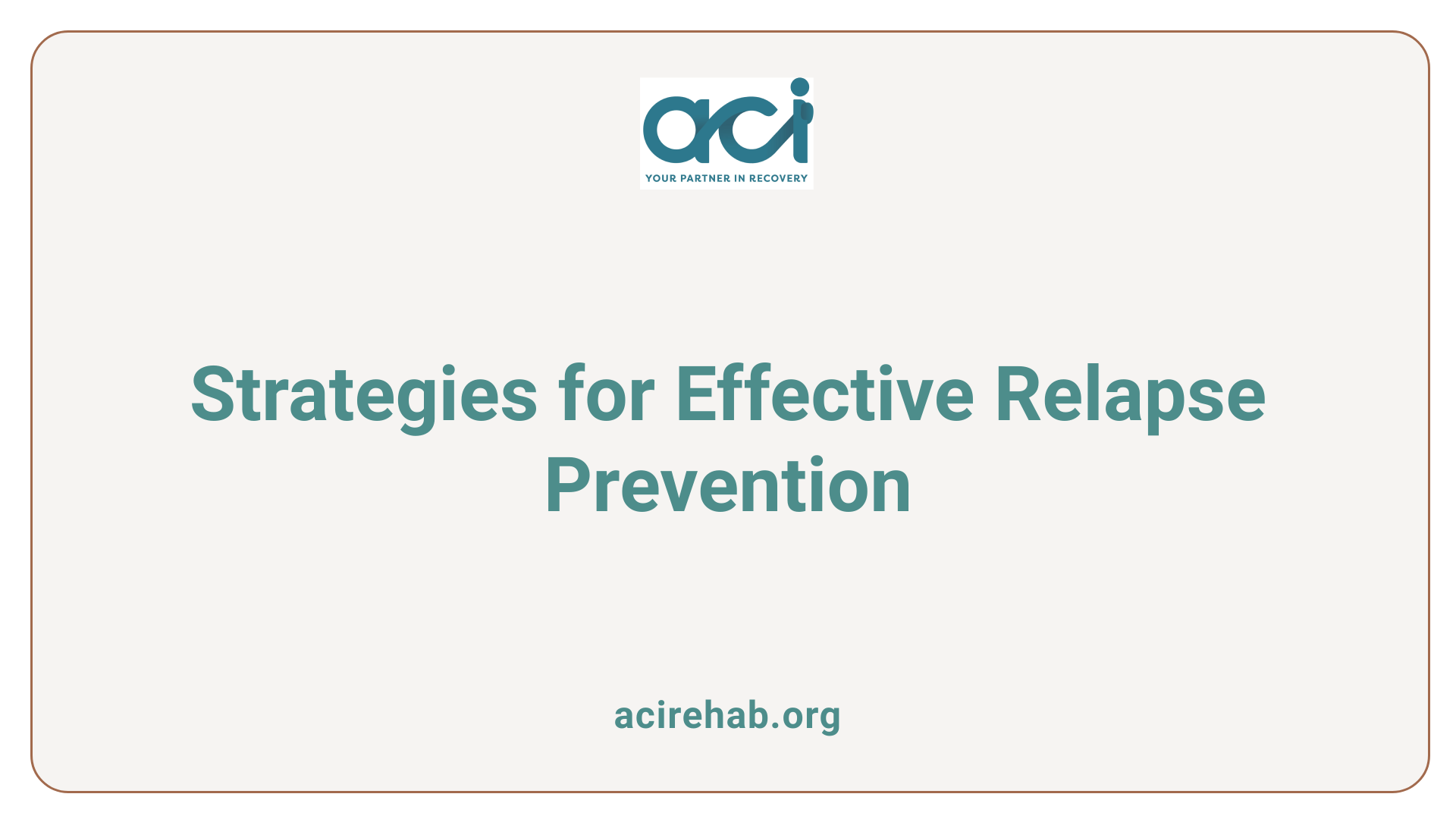
What do recovering addicts need to prevent relapse?
To effectively prevent relapse, recovering addicts should focus on comprehensive lifestyle changes that support their sobriety. This includes establishing a routine that incorporates regular exercise, which helps manage stress and improves mental health.
Attending support groups plays a crucial role, as they provide community, accountability, and shared experiences that can reinforce a commitment to recovery. Individuals are encouraged to prioritize self-care practices, including proper nutrition and adequate sleep, which are essential for maintaining overall well-being.
Developing a written action plan is vital; this plan should outline relapse prevention skills and strategies to manage cravings. Identifying emotional states and triggers—like boredom and stress—can help individuals address them before they escalate. Techniques such as mindfulness meditation and deep breathing exercises can be effective tools for managing these feelings.
Additionally, building a supportive recovery network that includes family therapy and regular communication with sponsors enhances accountability and commitment to sobriety. Engaging in positive activities, such as volunteering or practicing daily gratitude, fosters a sense of purpose while reducing feelings of loneliness and hopelessness, ultimately decreasing the risk of relapse.
| Strategy | Description | Benefits |
|---|---|---|
| Regular Exercise | Physical activity to reduce stress and improve mood | Enhances mental health and resilience |
| Support Groups | Community of peers with shared experiences | Provides accountability and encouragement |
| Written Action Plan | Detailed strategy for managing cravings | Helps individuals prepare for high-risk situations |
| Mindfulness Techniques | Practices like meditation and breathing exercises | Reduces anxiety and enhances emotional awareness |
| Positive Activities | Engaging in hobbies or volunteering | Fosters community connections and purpose |
The Collaborative Journey of Recovery
Recovery as a ‘We Thing’
Recovery from addiction is fundamentally a collective effort. The idea that it is a solo journey is a misconception that can lead to increased isolation and higher relapse rates. Engaging with family, friends, and support groups fosters a sense of community that is crucial for sustaining sobriety. People in recovery are often encouraged to connect with others who understand their struggles, such as through self-help groups like Alcoholics Anonymous (AA) or Narcotics Anonymous (NA).
Collaborative Healing
The process of healing from addiction benefits significantly from shared experiences. Support groups offer emotional backing and practical advice while also reducing feelings of loneliness. Research has shown that stronger social support networks correlate with better recovery outcomes, enhanced treatment engagement, and a greater commitment to sobriety. Involving supportive individuals in one’s recovery journey is essential, as it not only provides accountability but also nurtures emotional well-being, making it easier to navigate the complexities of recovery.
| Support System Benefits | Description | Example |
|---|---|---|
| Emotional Support | Empathy and encouragement during tough times | Family and friends offering understanding |
| Informational Support | Access to educational resources regarding recovery | Therapists providing coping strategies |
| Instrumental Support | Tangible assistance in daily tasks | Help with transportation or errands |
| Appraisal Support | Recognition of progress in recovery | Sponsors in 12-Step programs providing feedback |
Recovery Is a Shared Path
The journey of recovery is not meant to be a solitary endeavor. The myriad challenges that accompany the path to sobriety are significantly more navigable with a reliable support system by one’s side. By fostering connections and learning to rely on others, individuals can build the necessary resilience and coping skills essential for lasting sobriety. As we underscore the importance of communal intervention in addiction recovery, it’s clear that supporting each other through shared experiences reaffirms the human connection at the heart of healing and personal transformation. Together, we are stronger, and together, recovery becomes not just possible, but sustainable.
References
- SAMHSA’s National Helpline
- Why Addicts Can’t Go It Alone – Whitman Recovery Service
- You Can’t Do Recovery Alone
- You Don’t Have to do Recovery Alone – Ashley Addiction Treatment
- You Can’t Do Recovery Alone – Attain Behavioral Health
- You Can’t Do Recovery Alone
- Going to Rehab versus Doing Recovery Alone | Psyclarity Health
- Recovery: You Can Go It Alone, But Can’t Do It Alone – Transcend TX
- One Day At A Time Recovery Tips | Stay Focused in the Present



